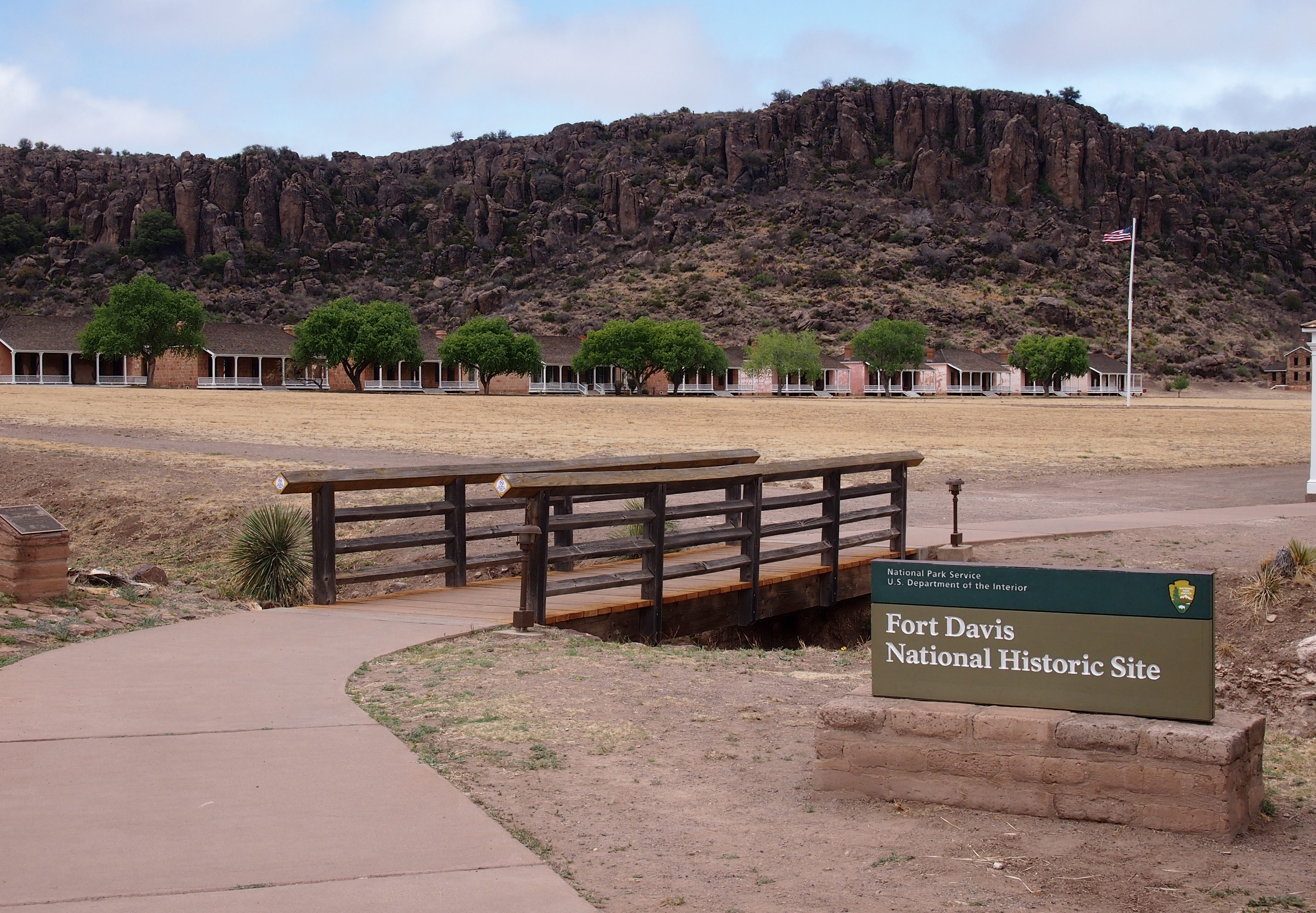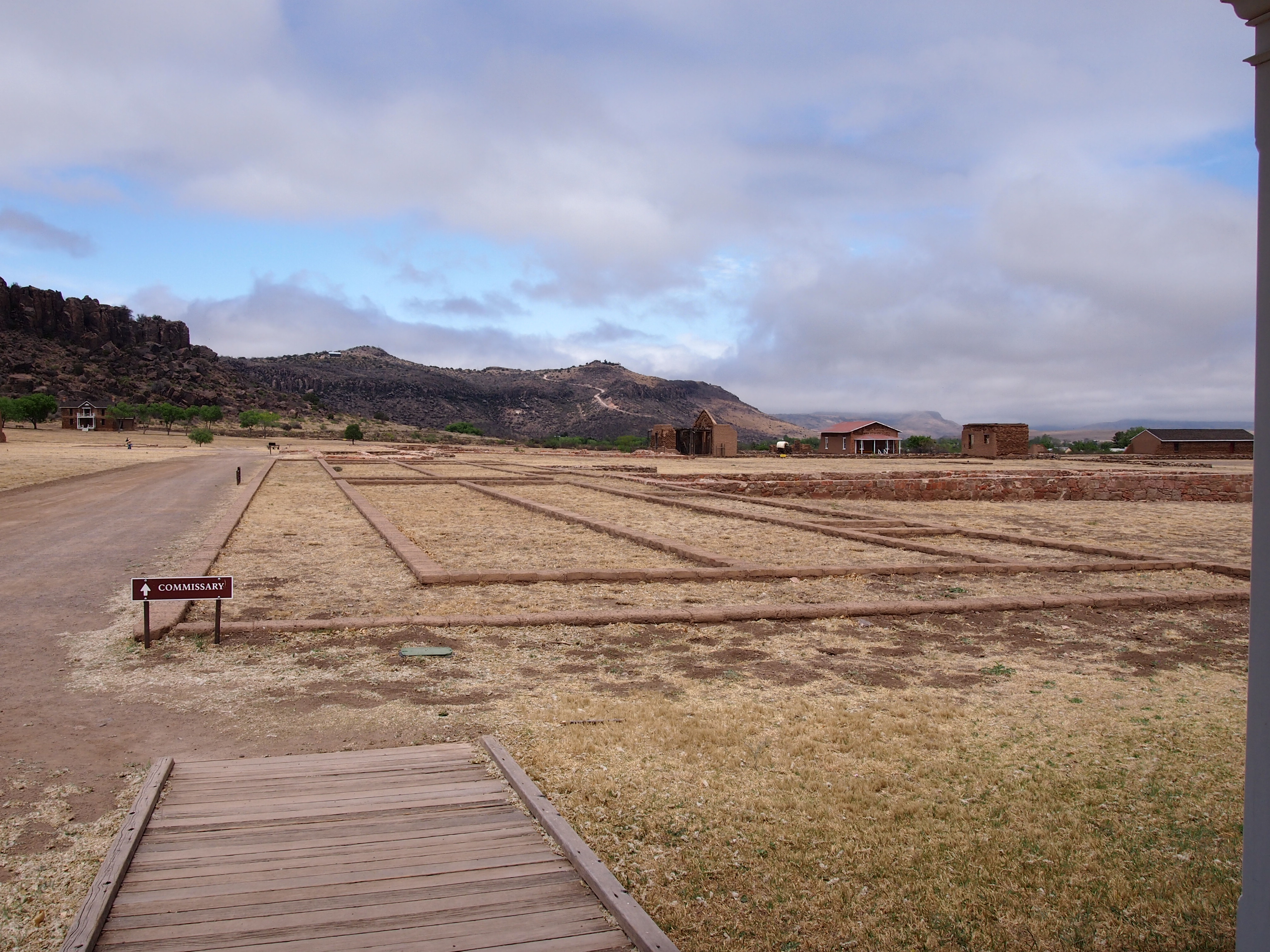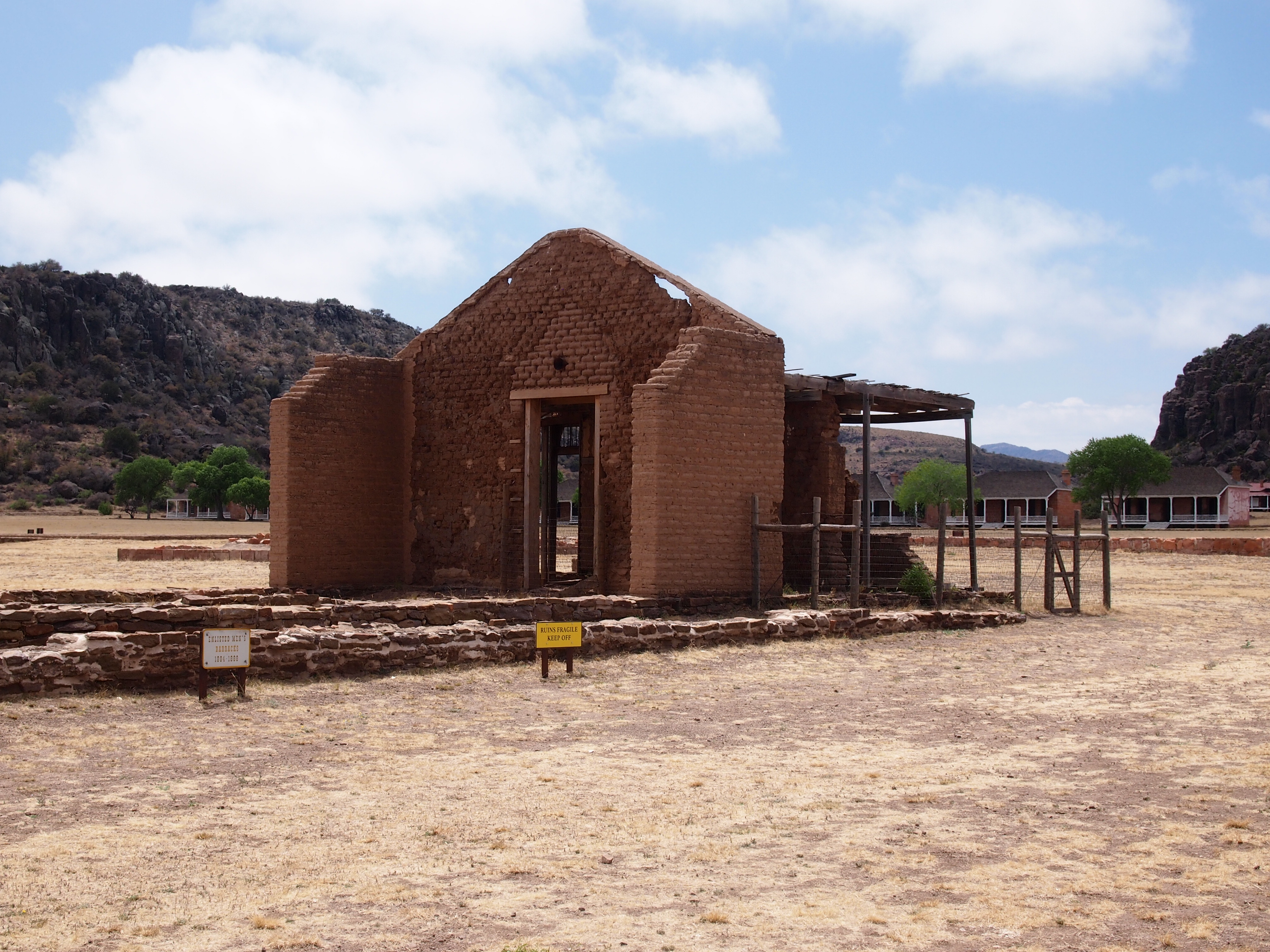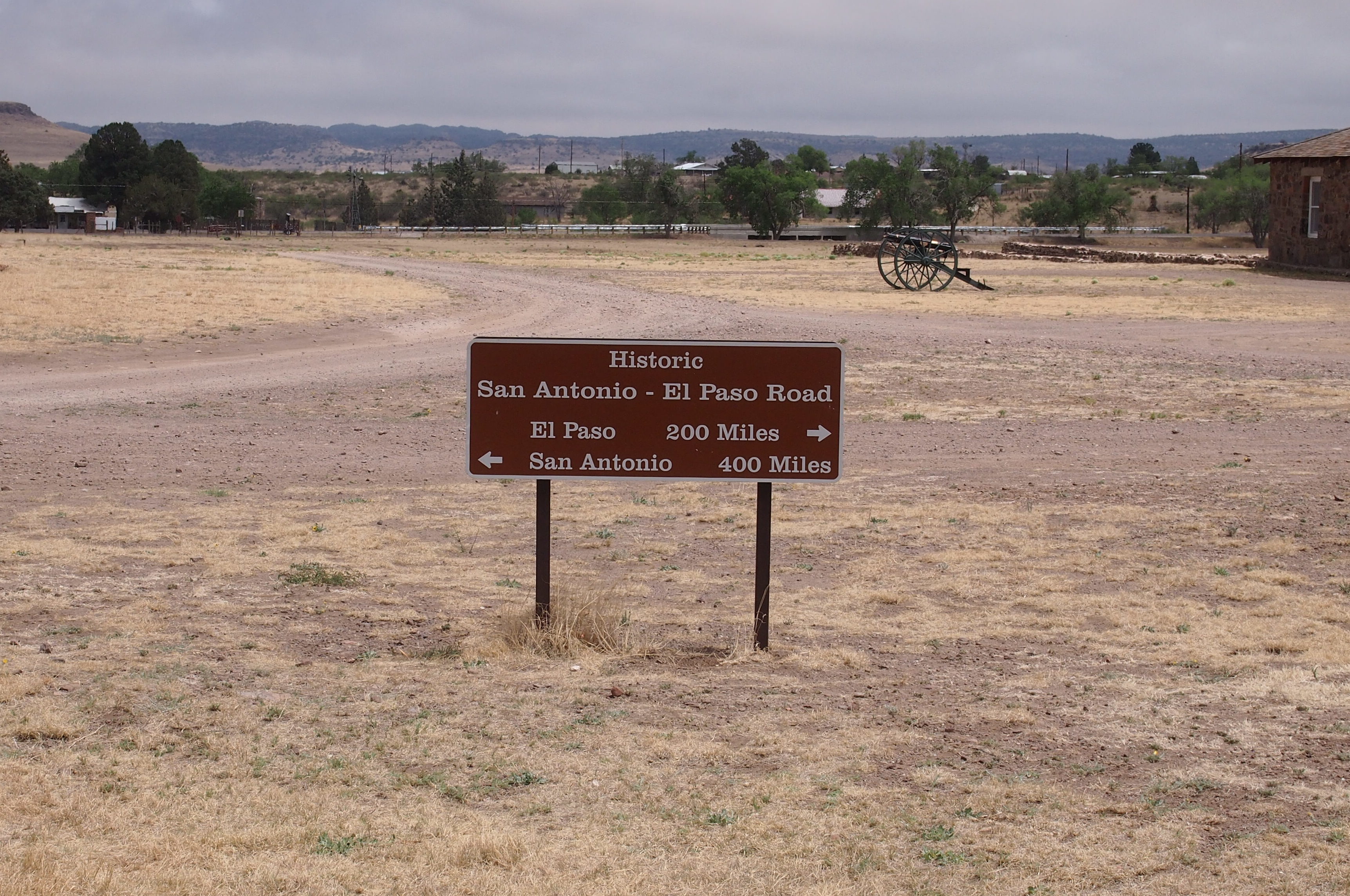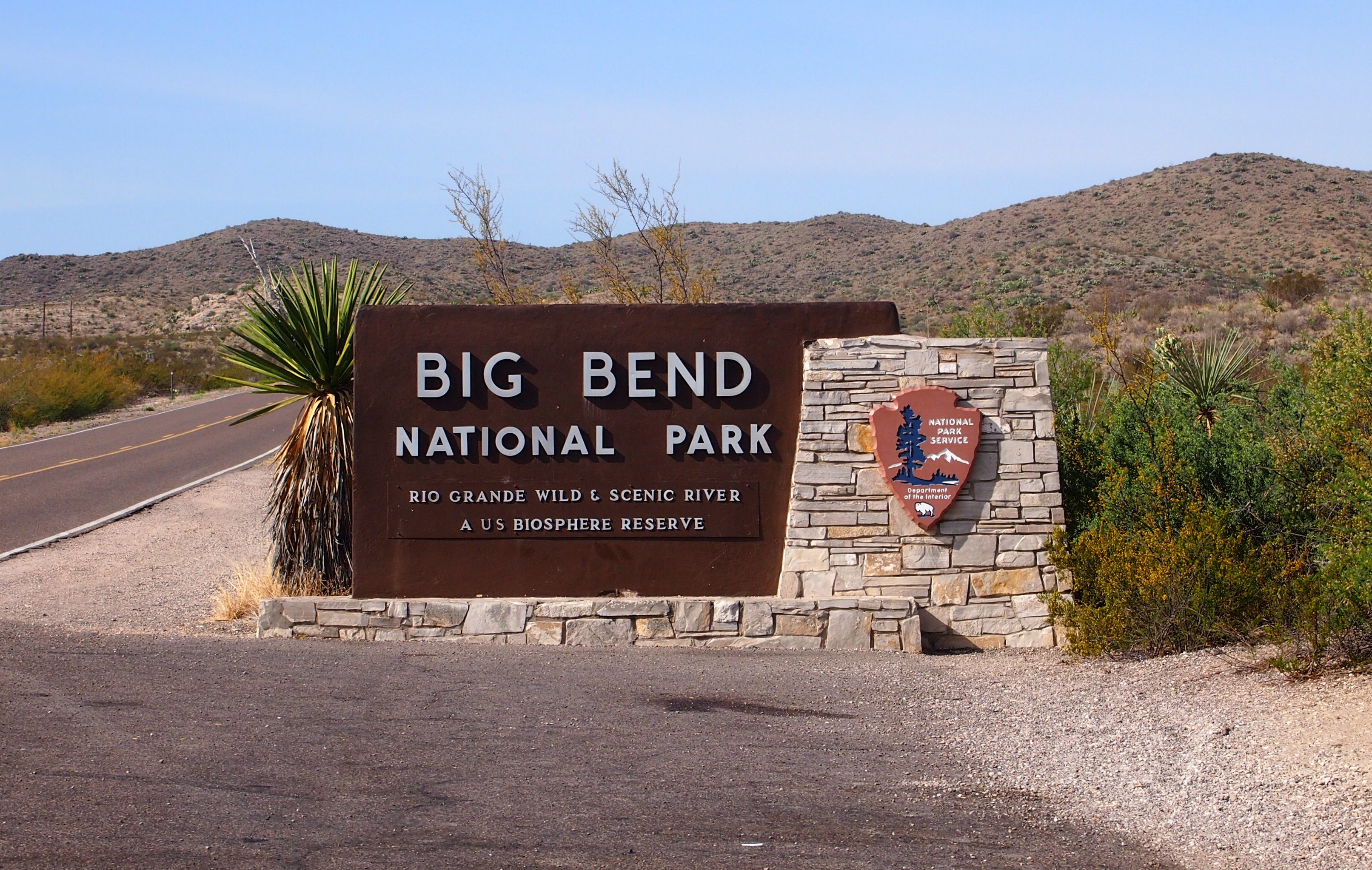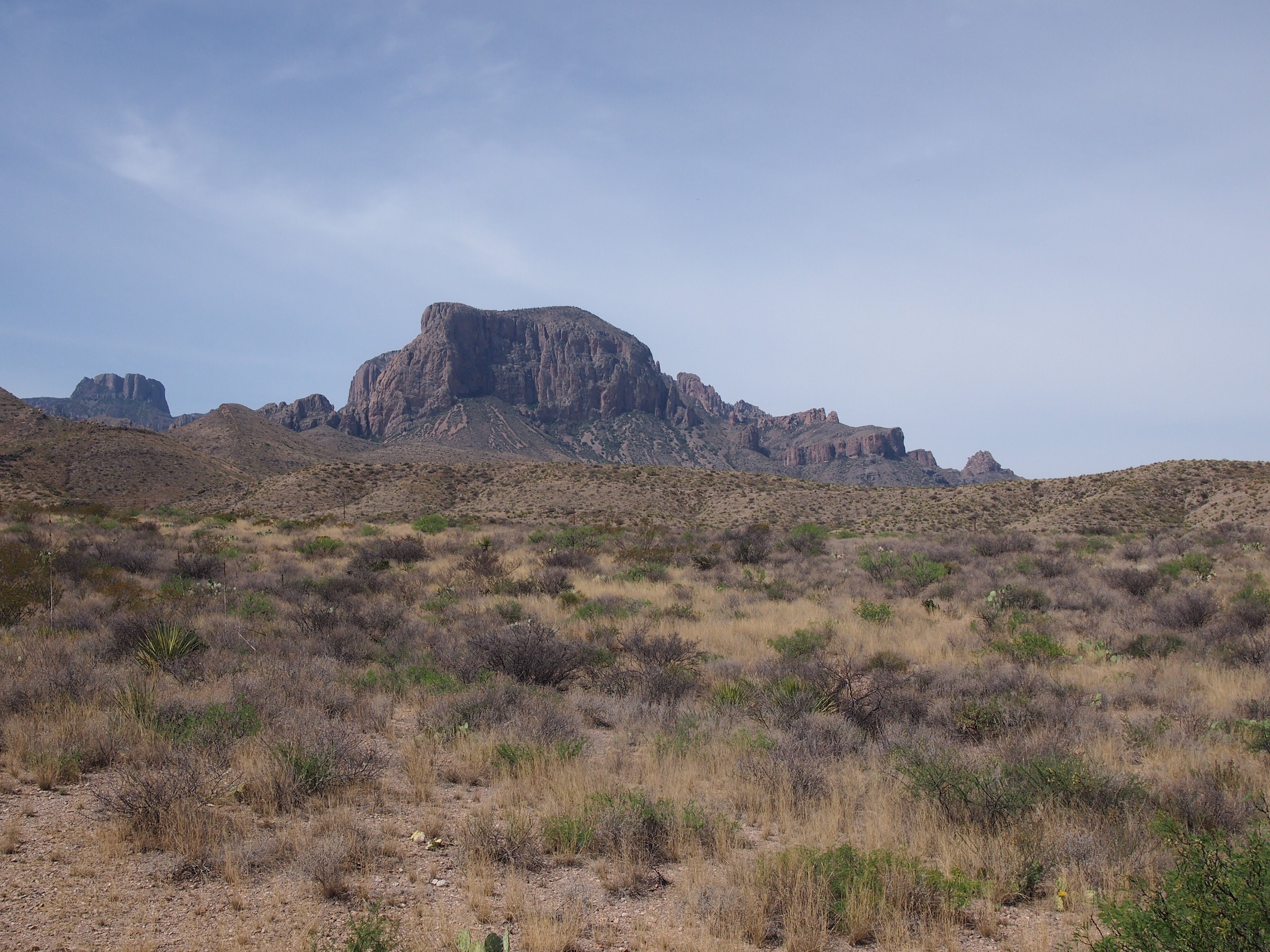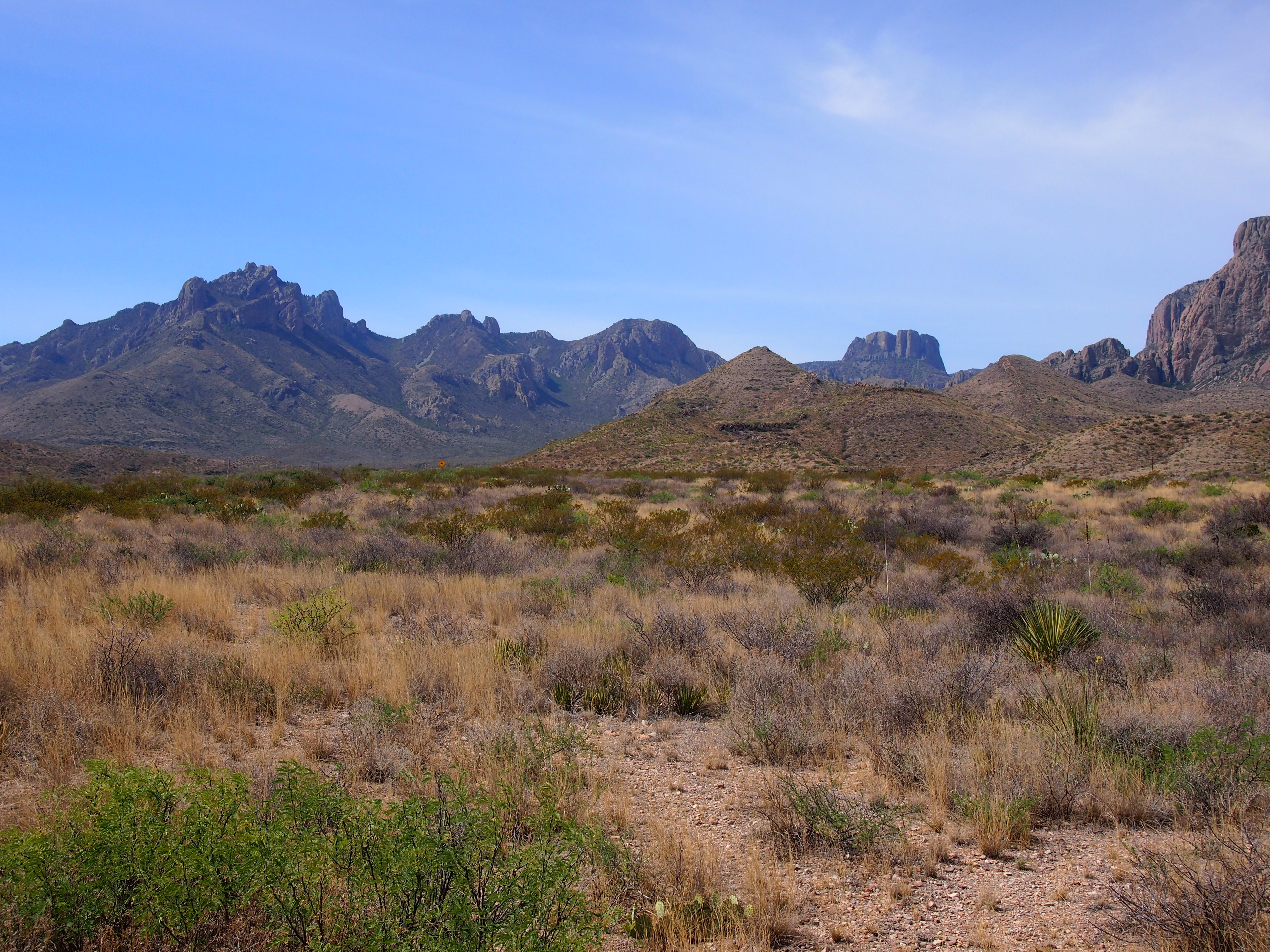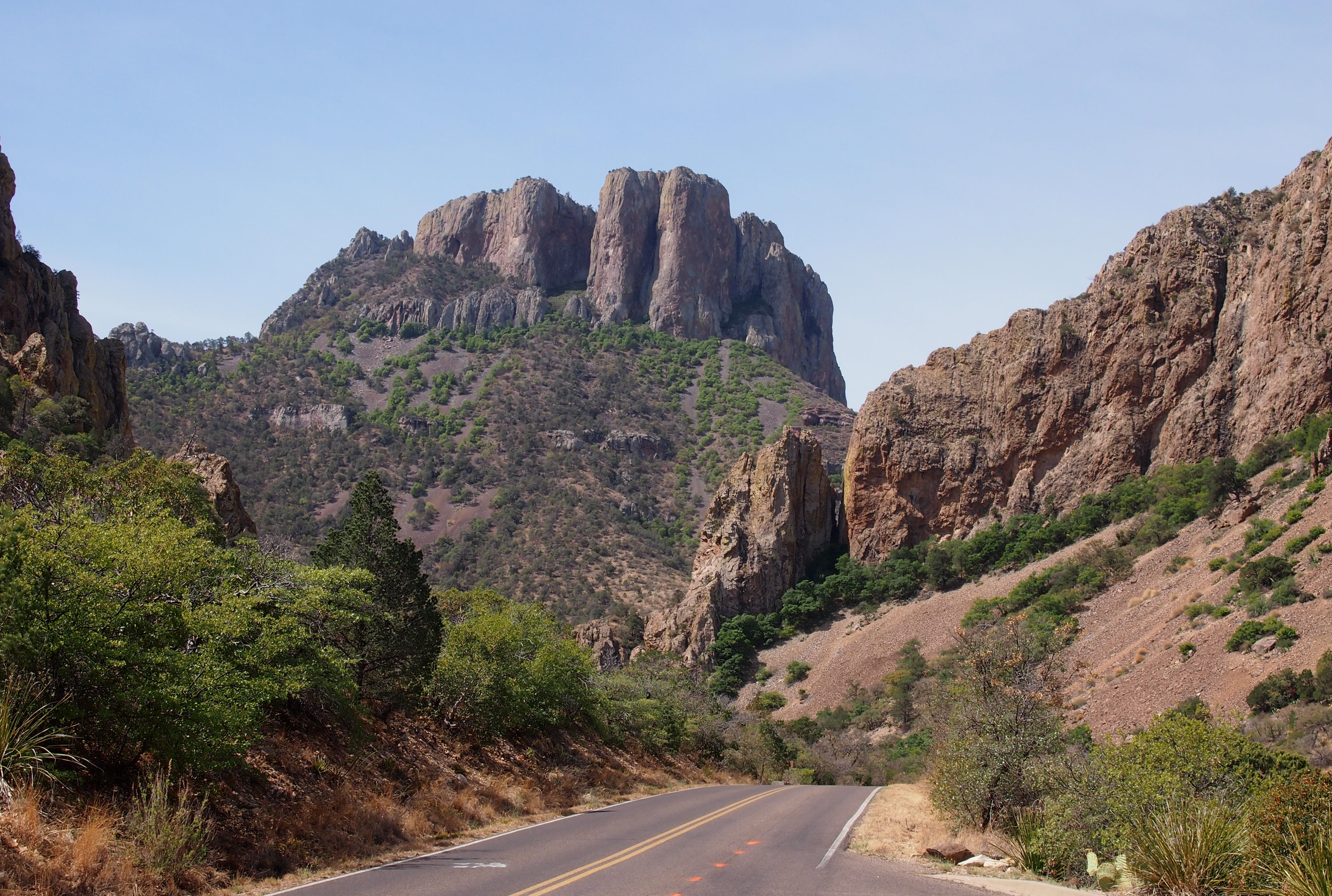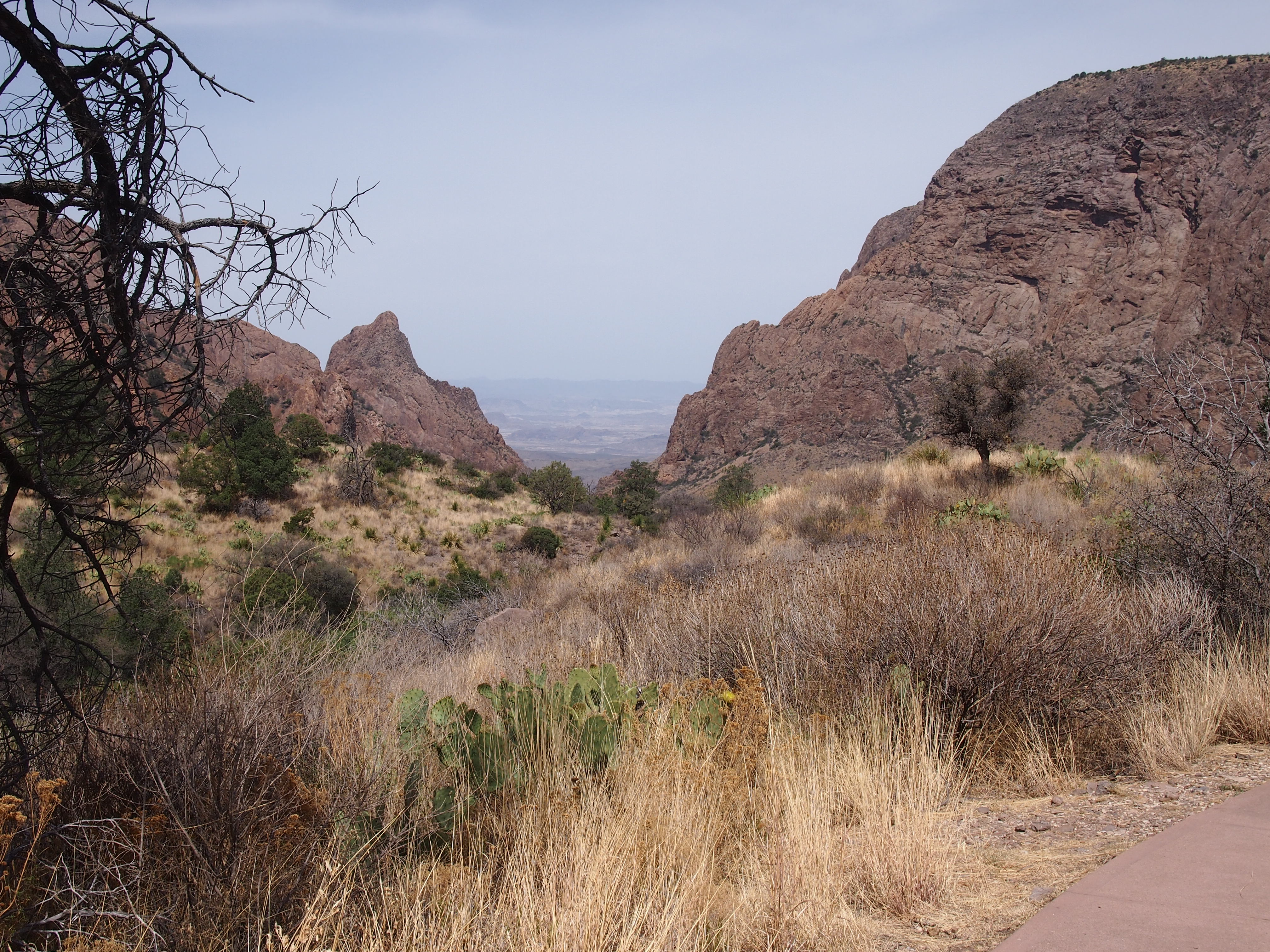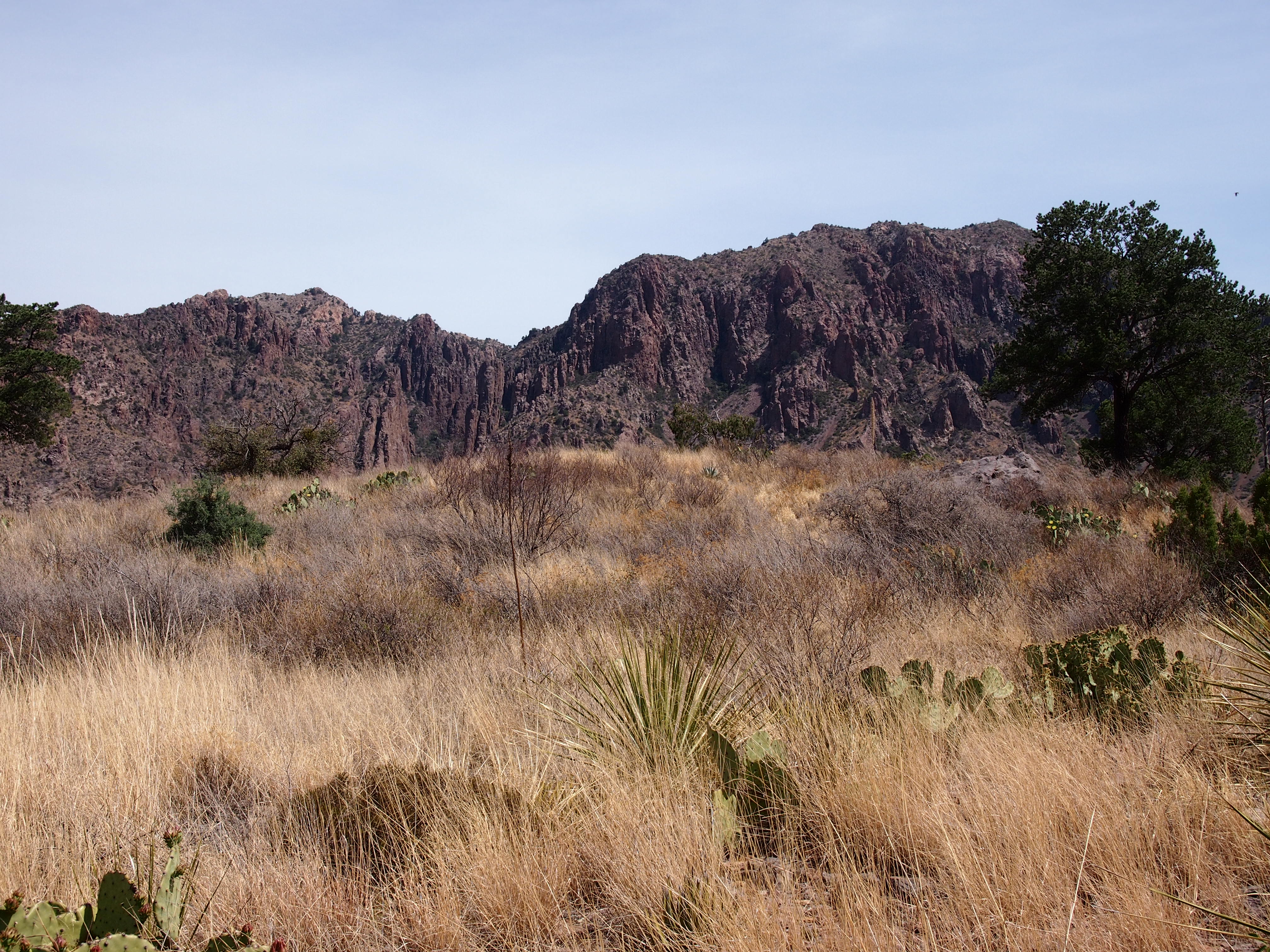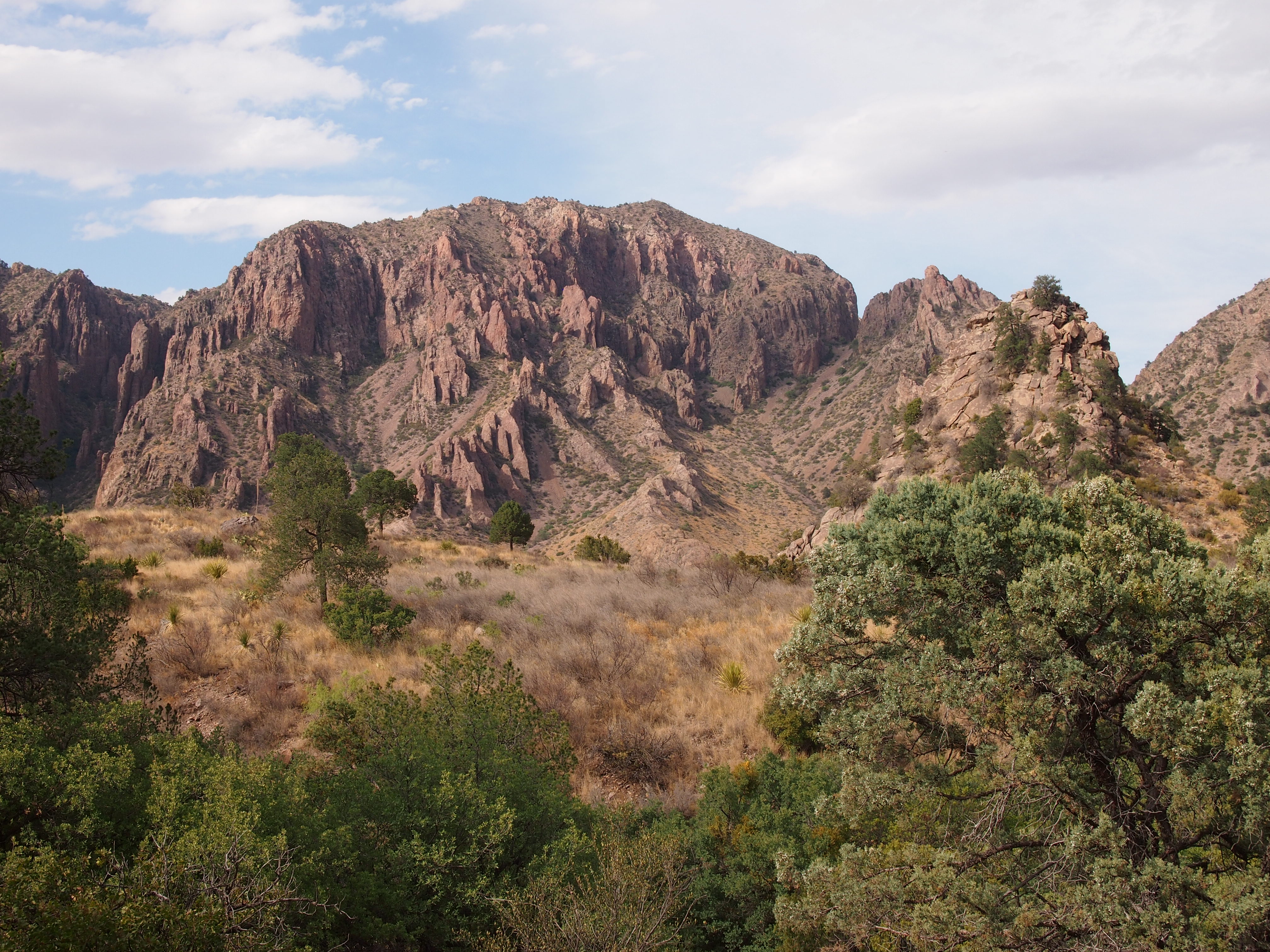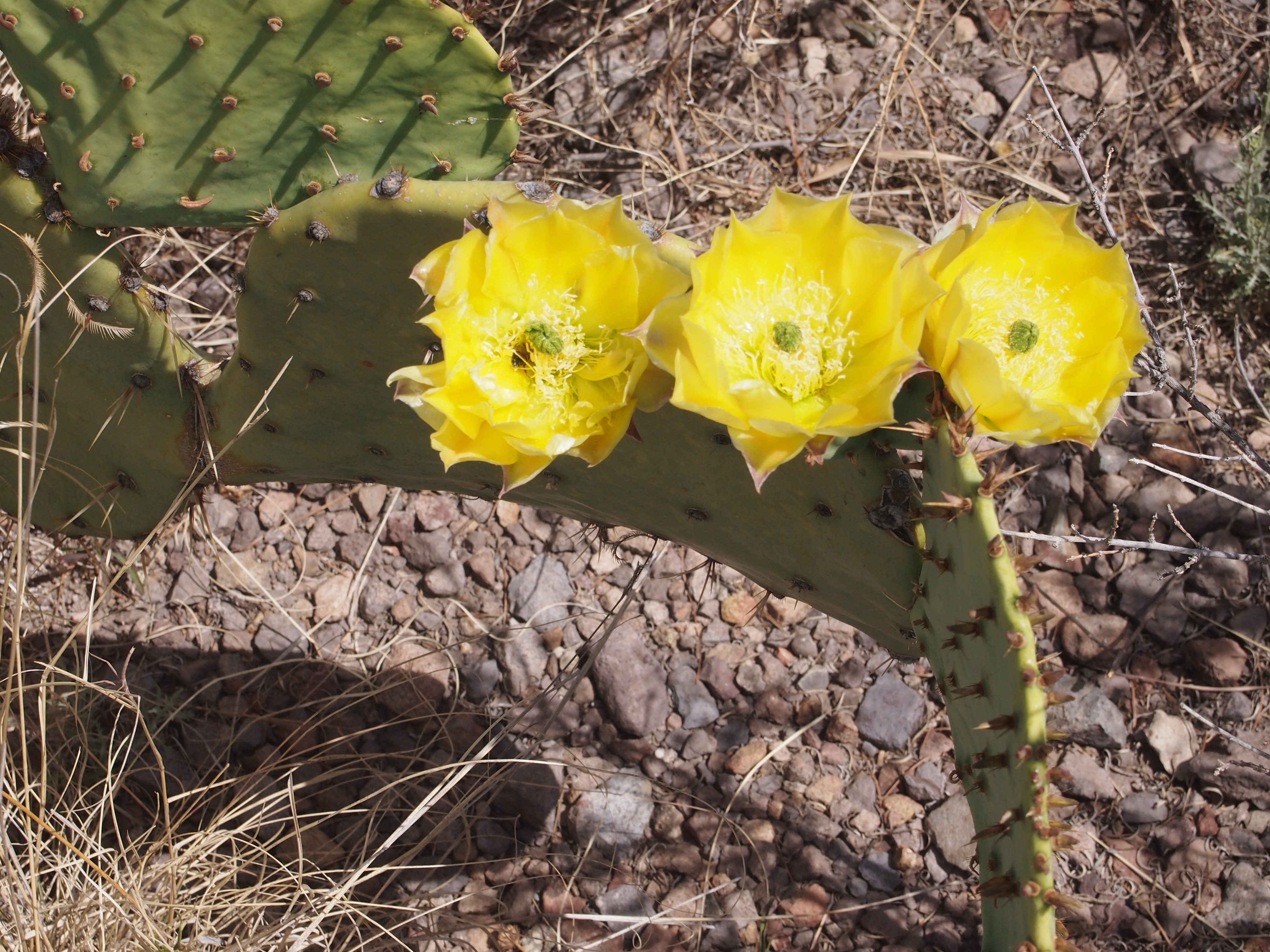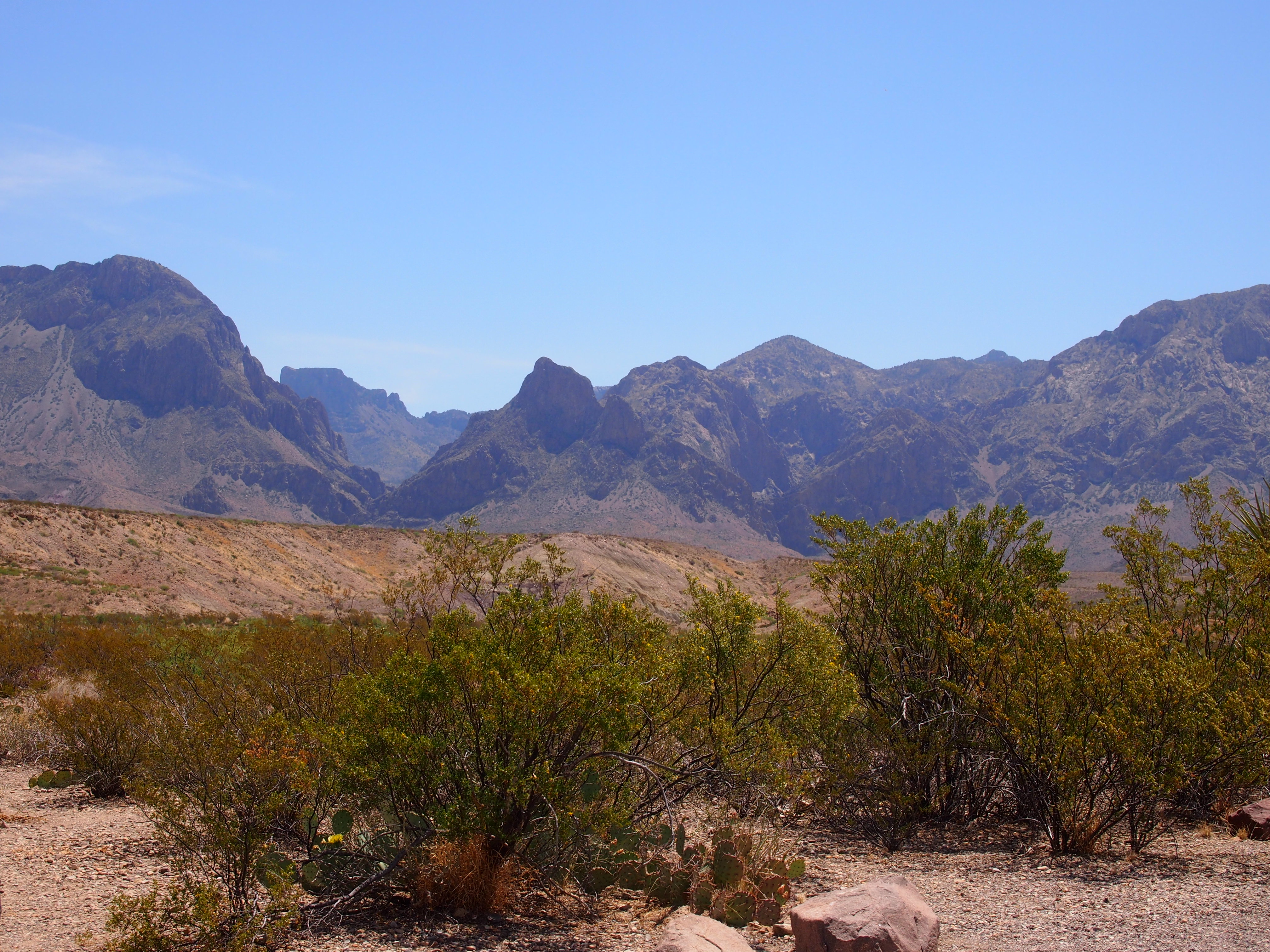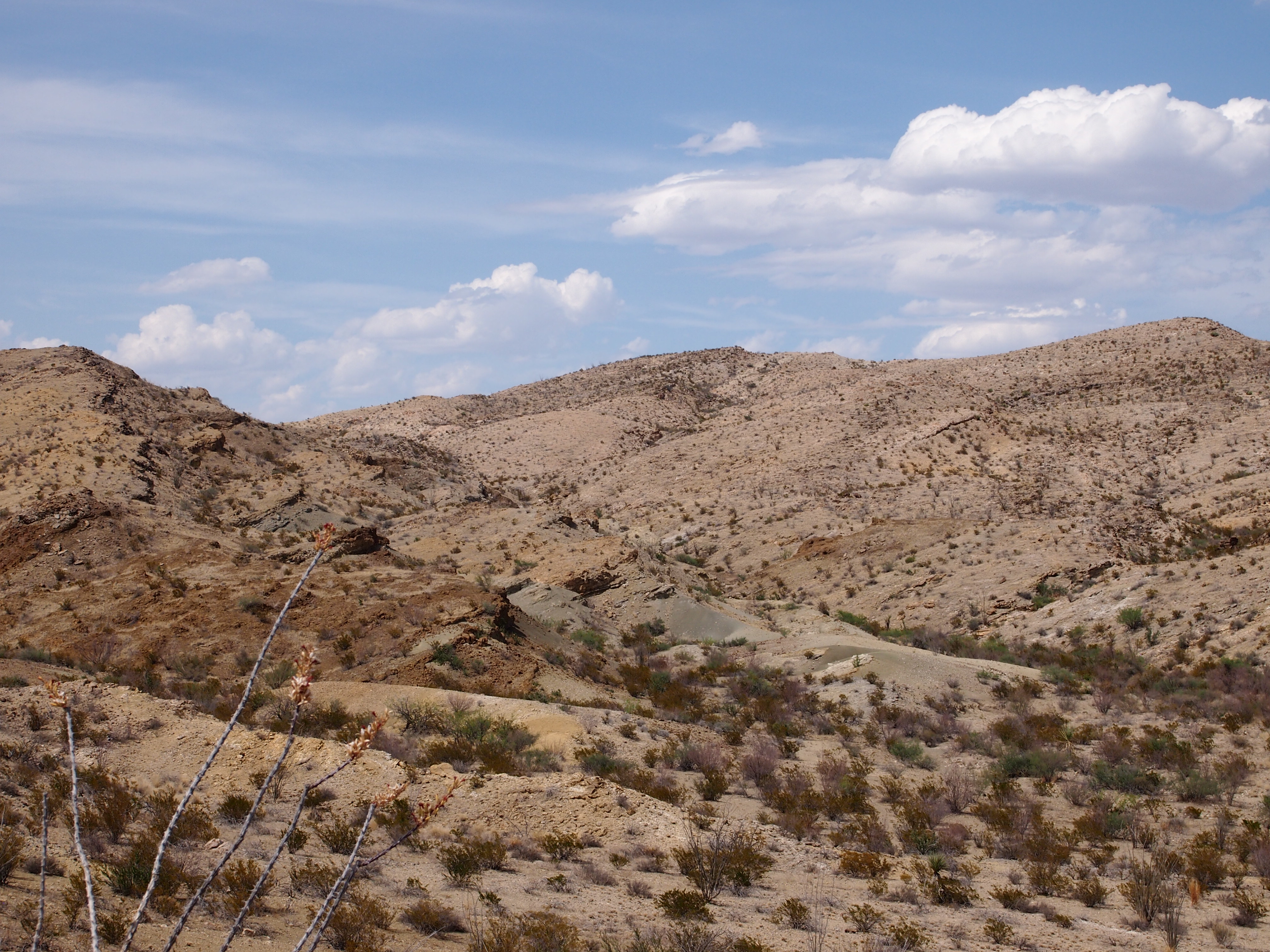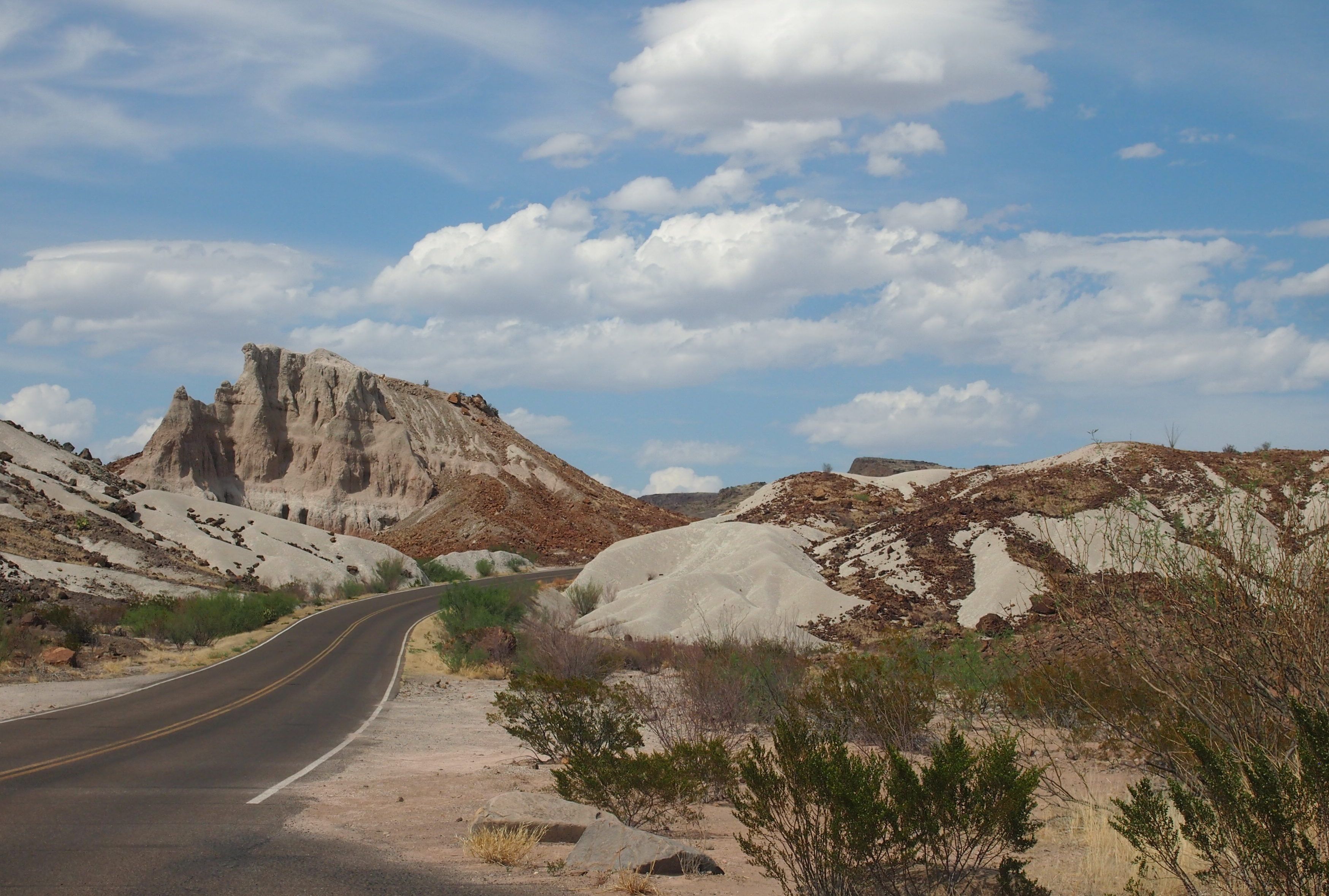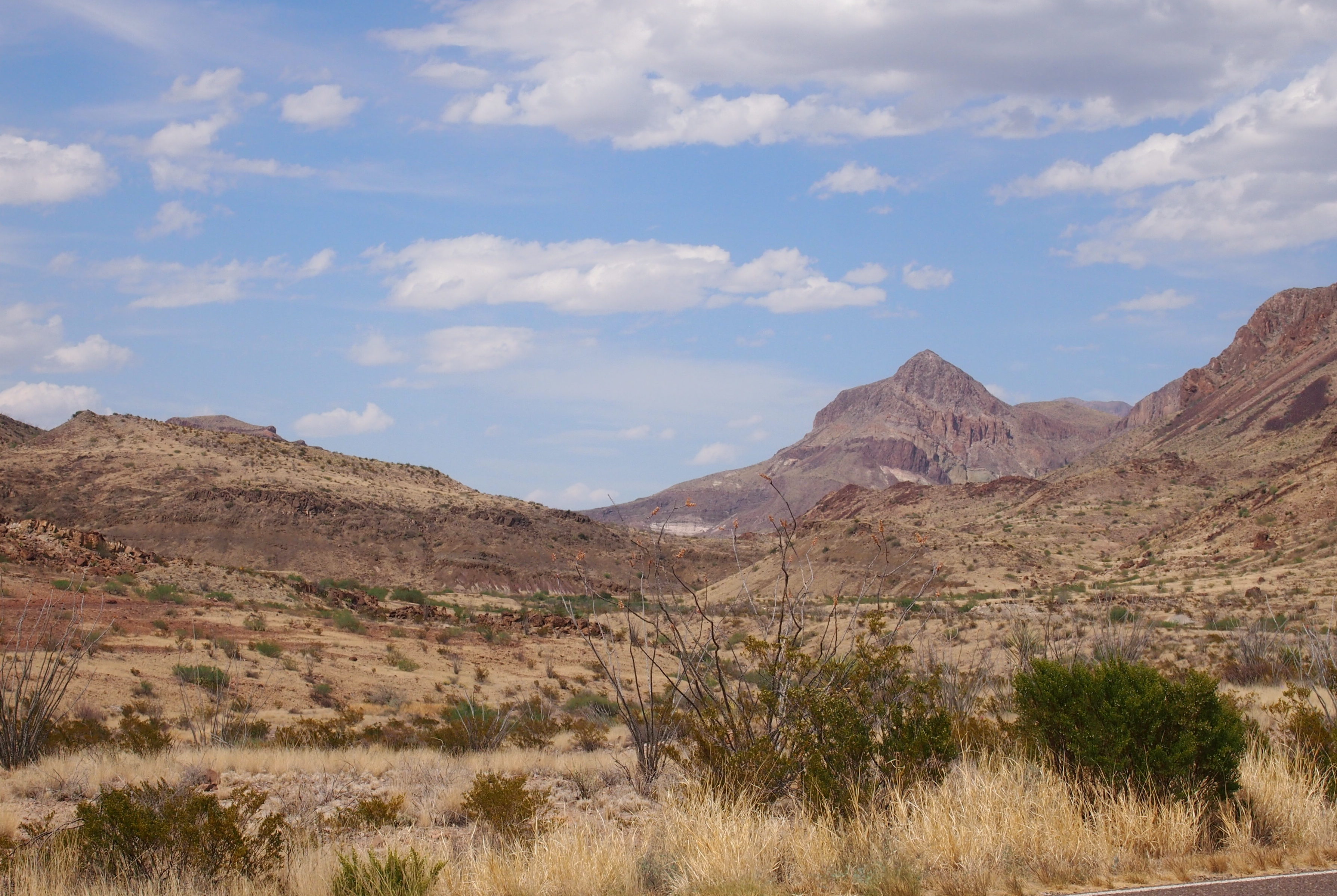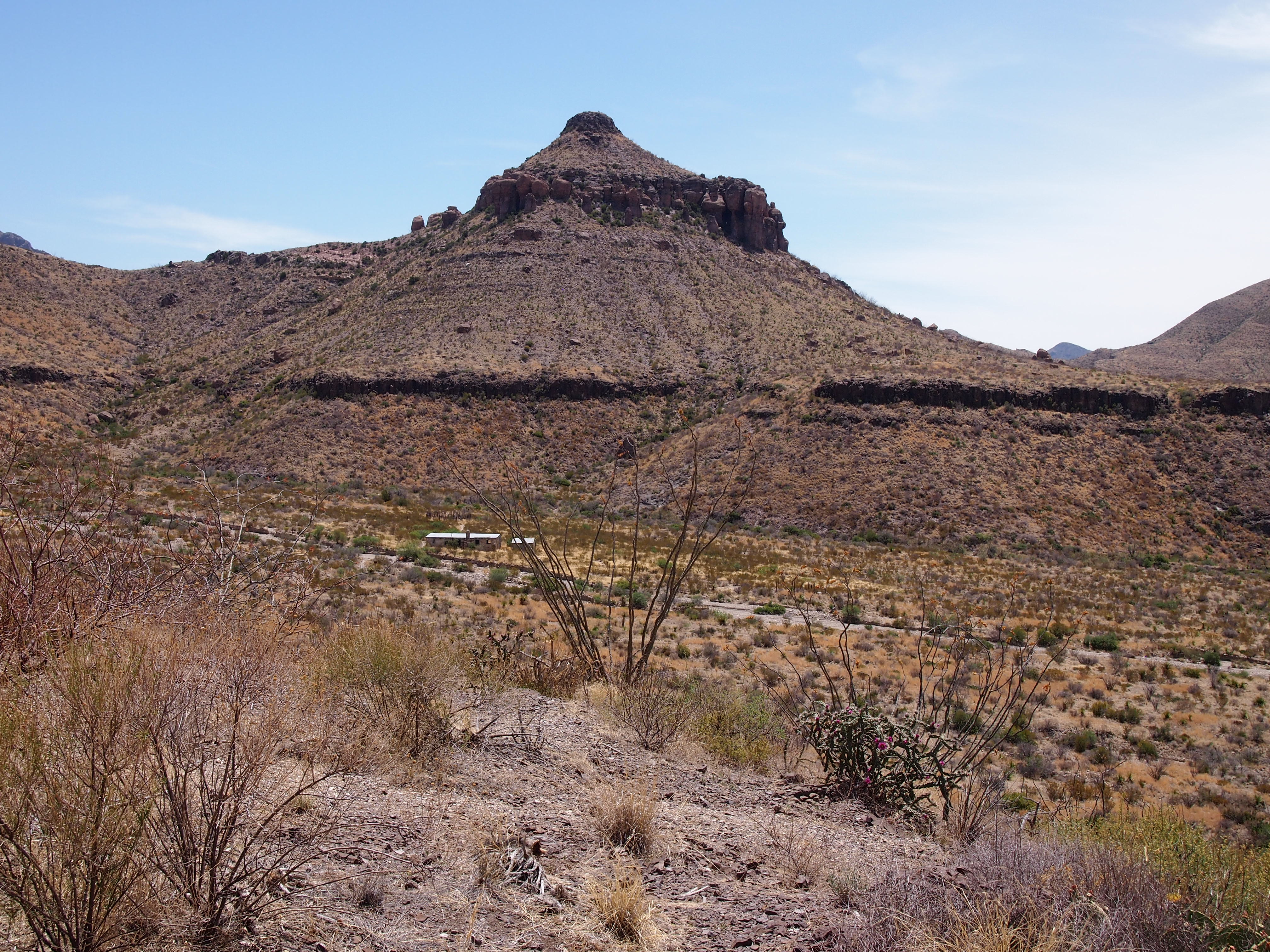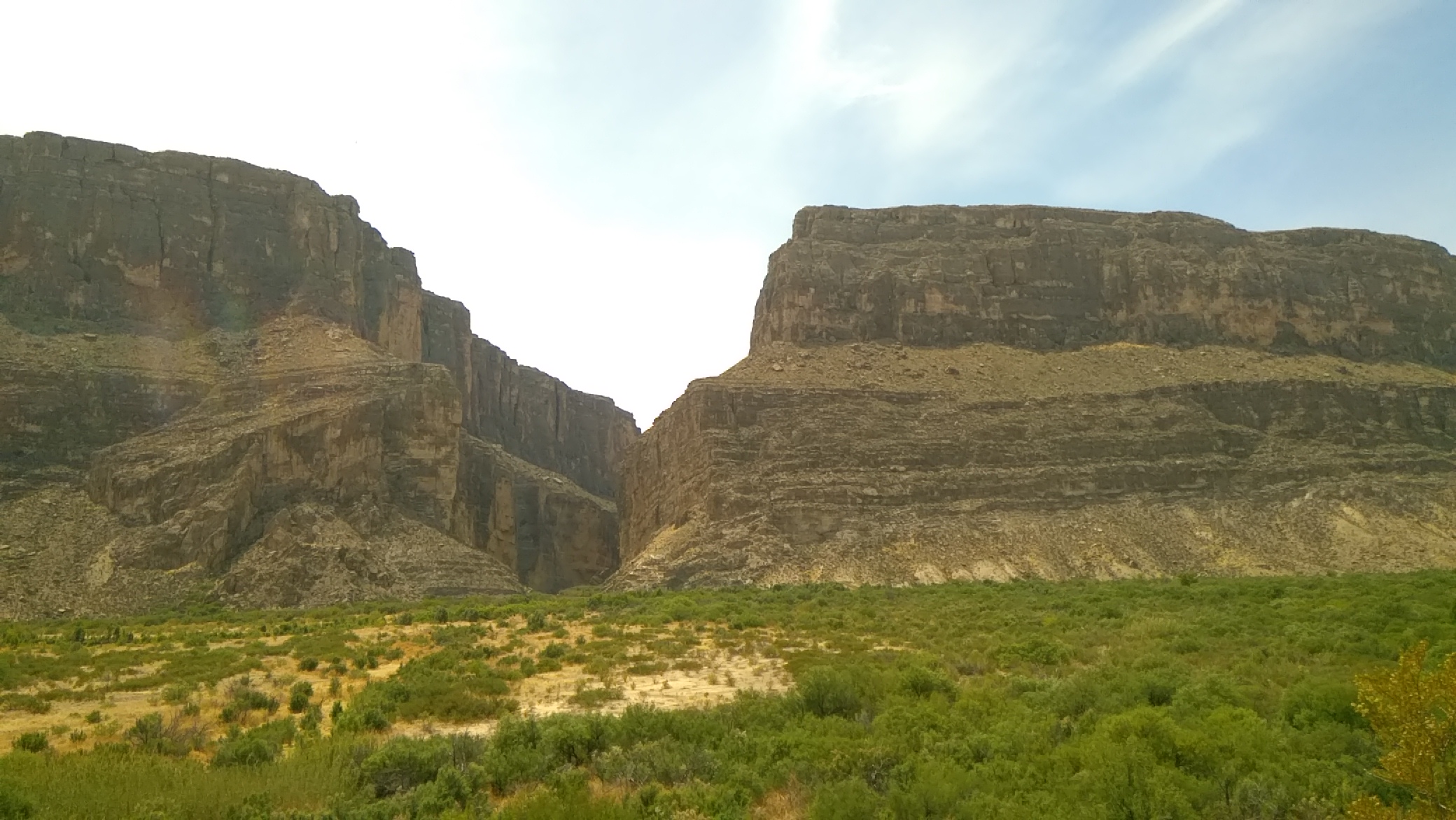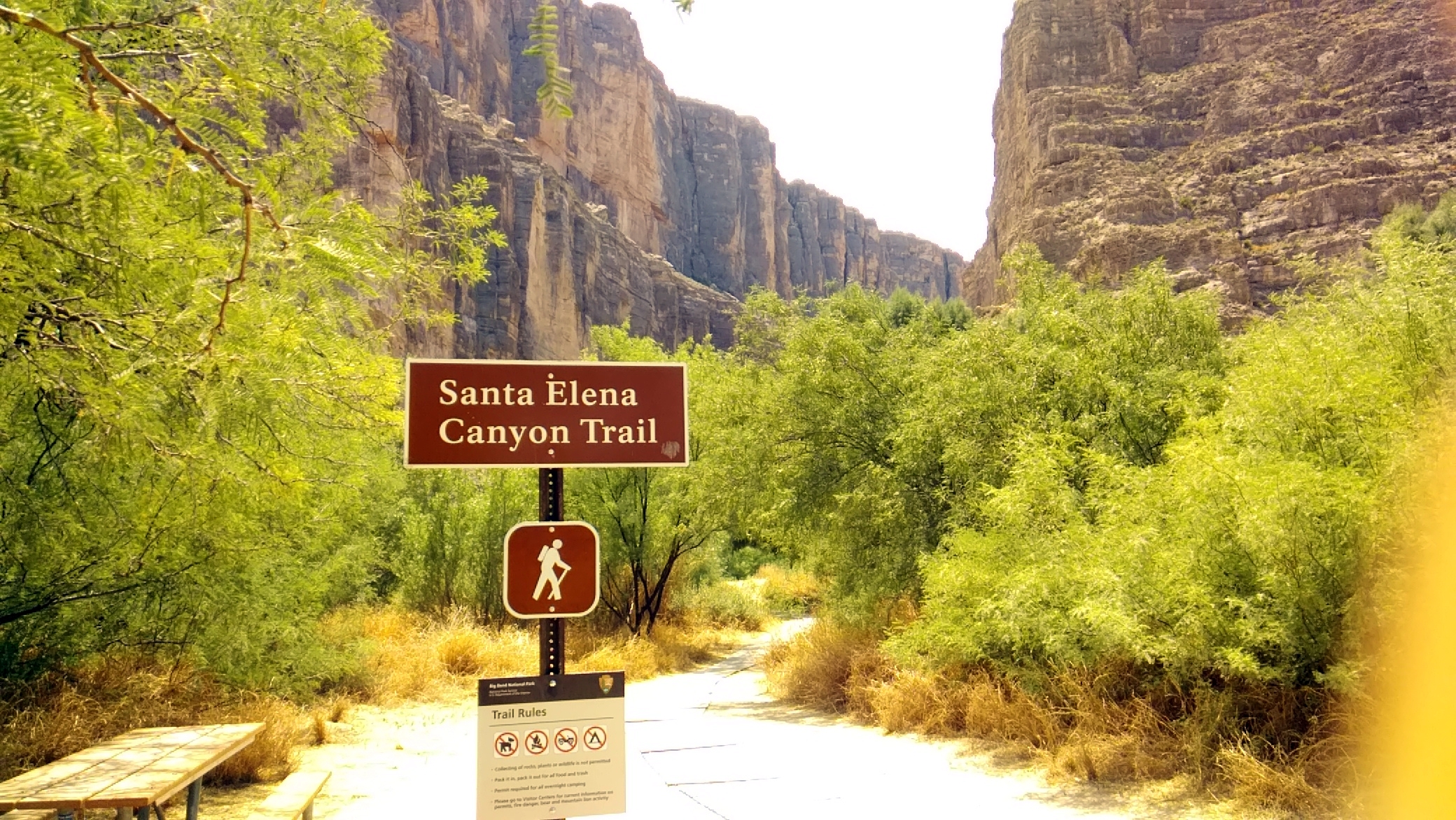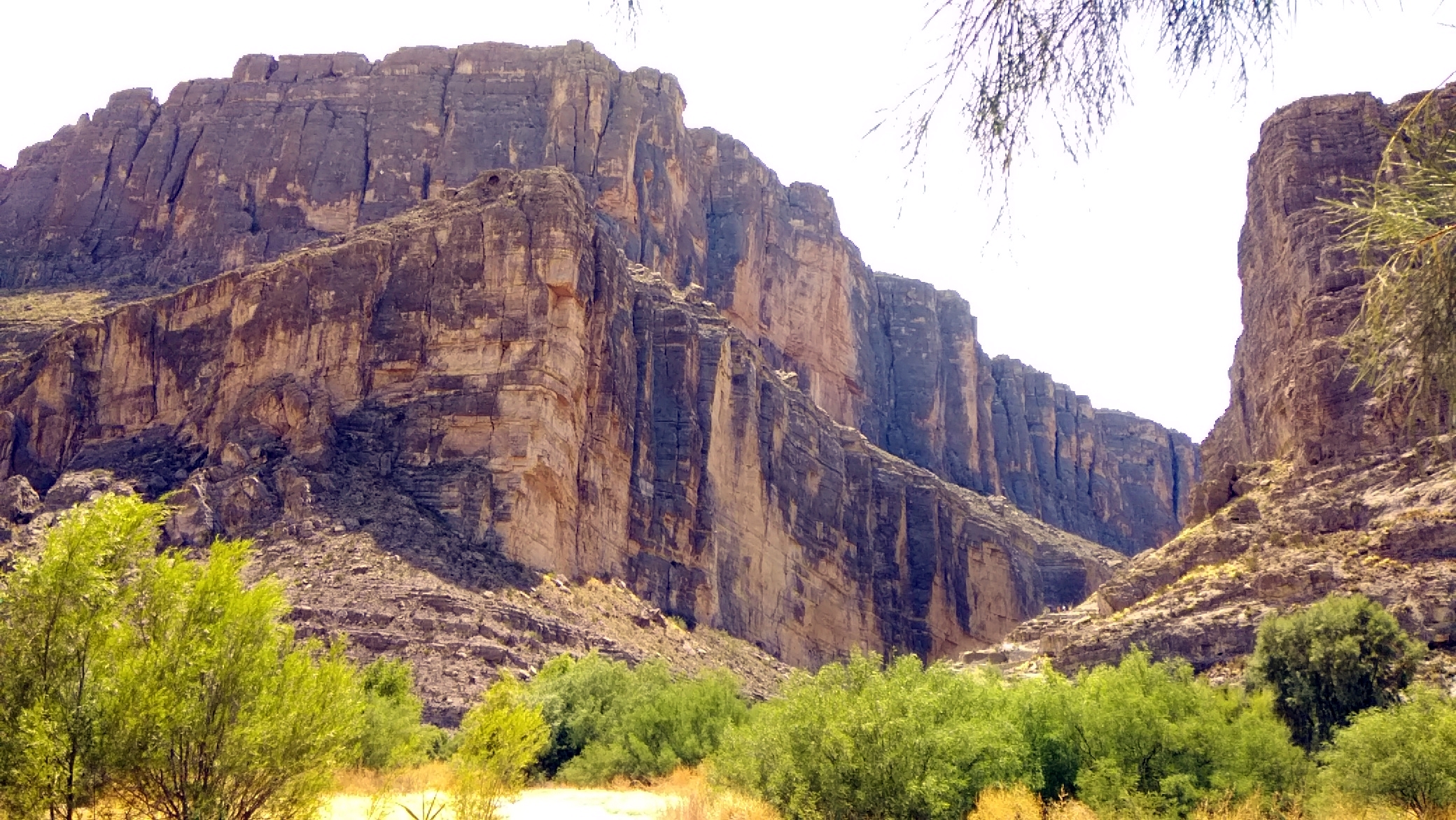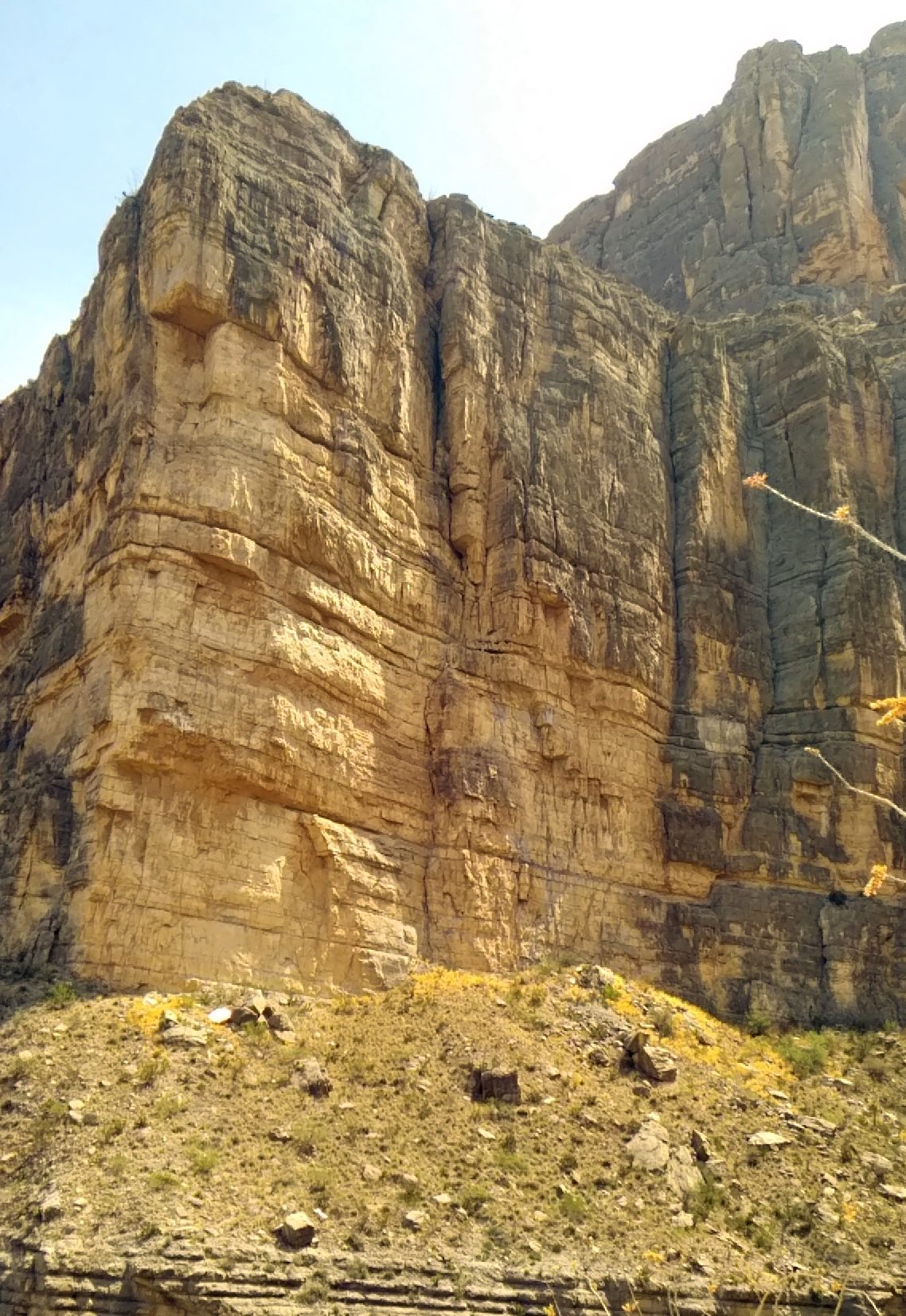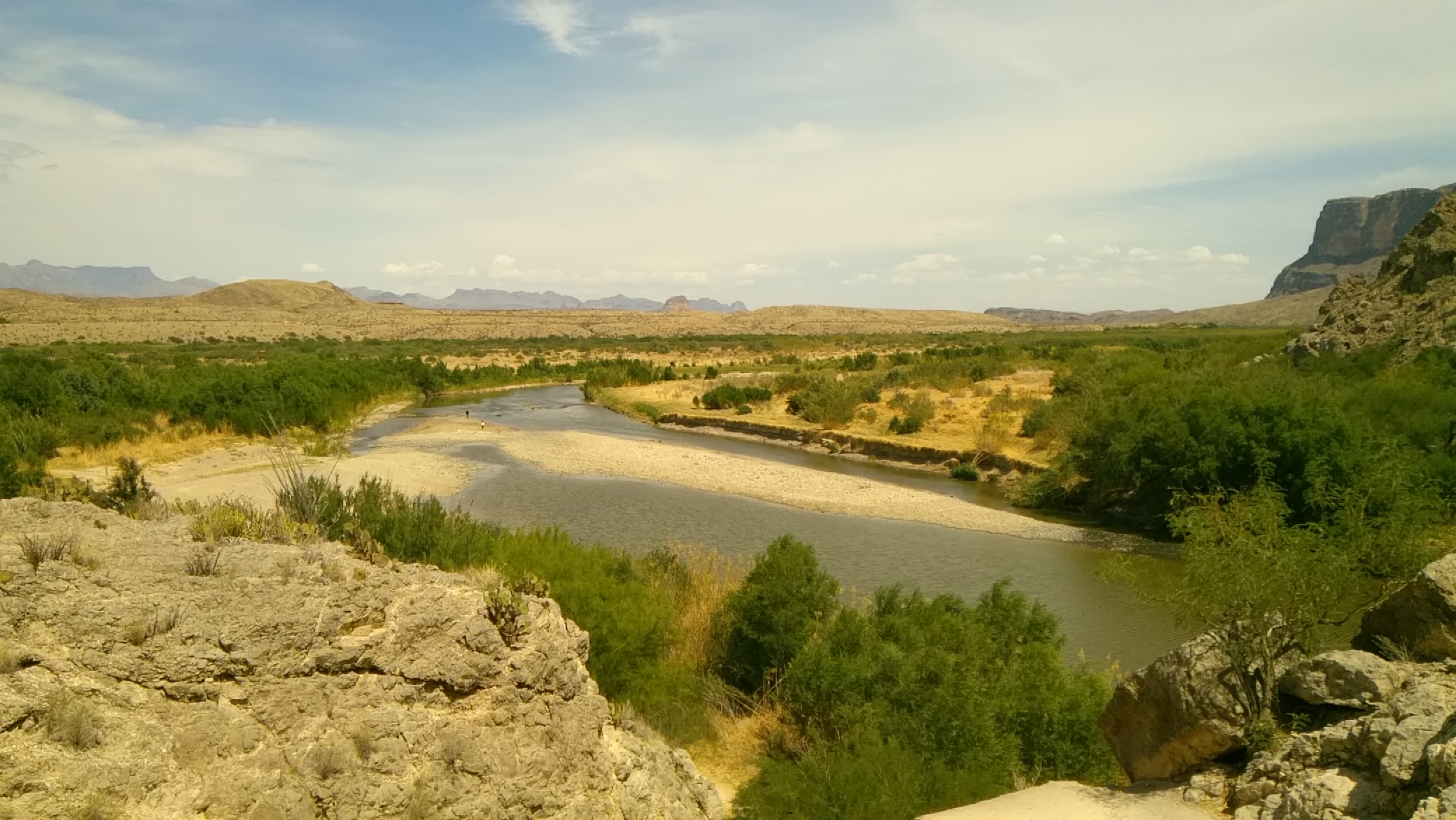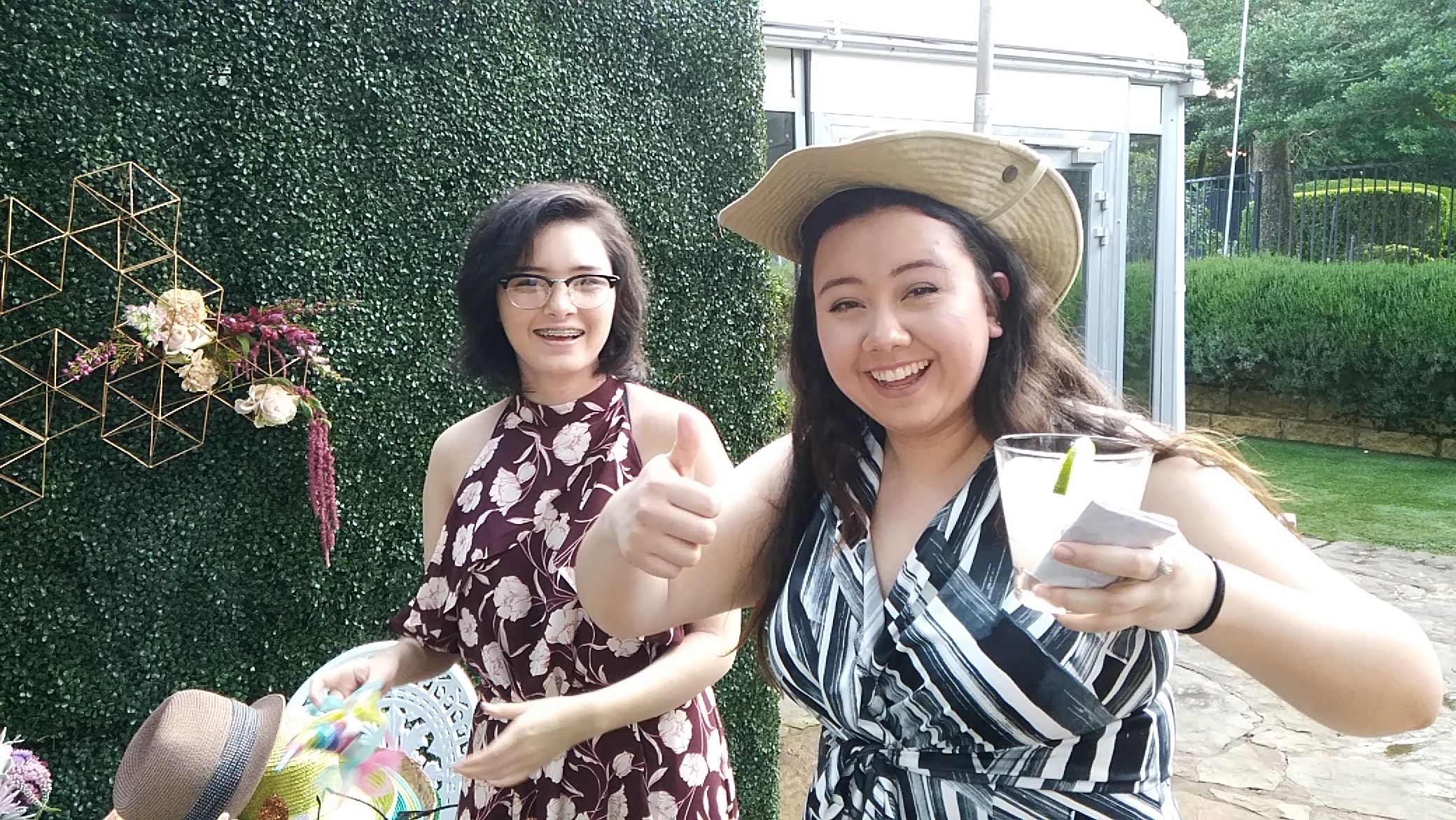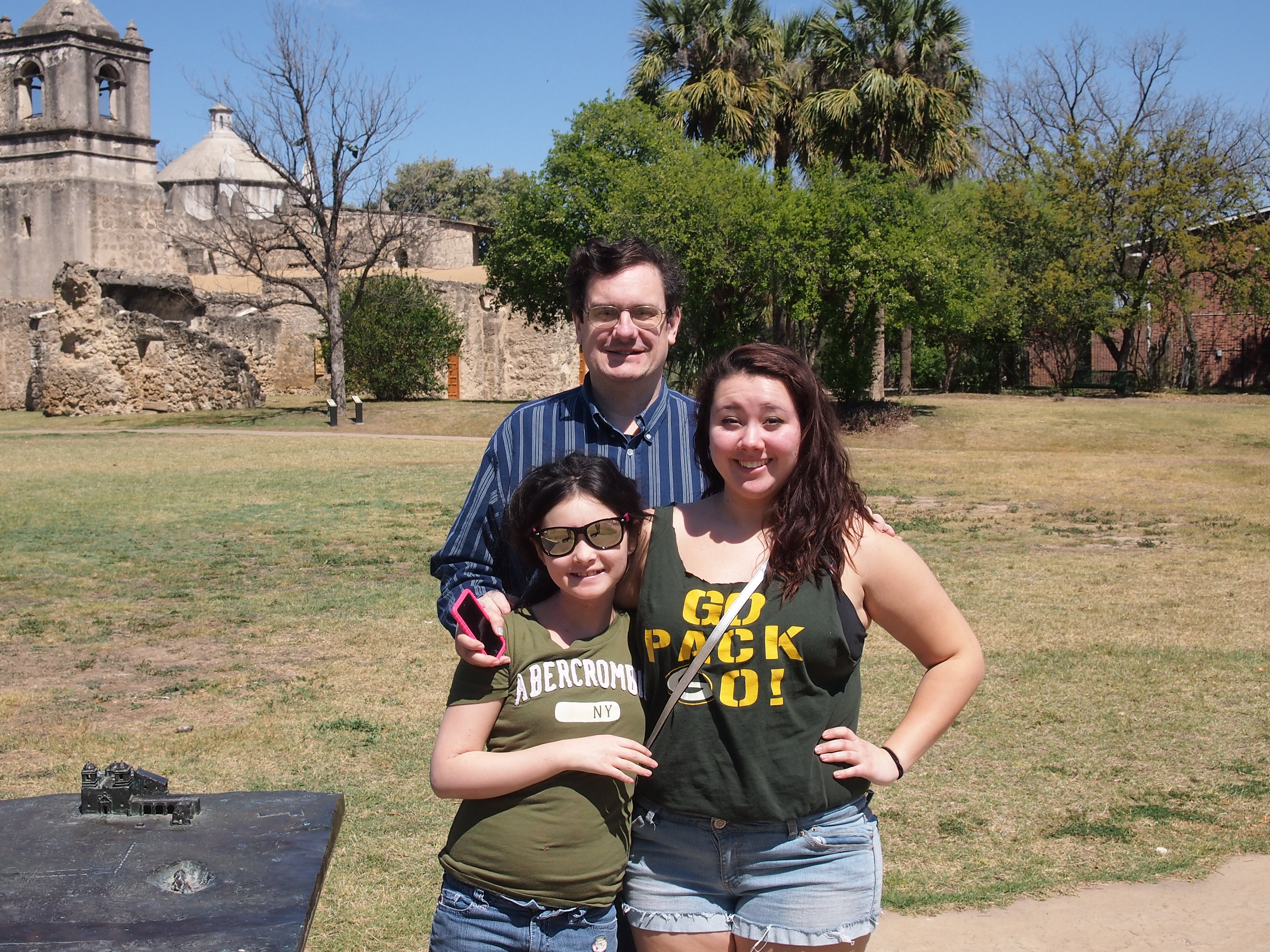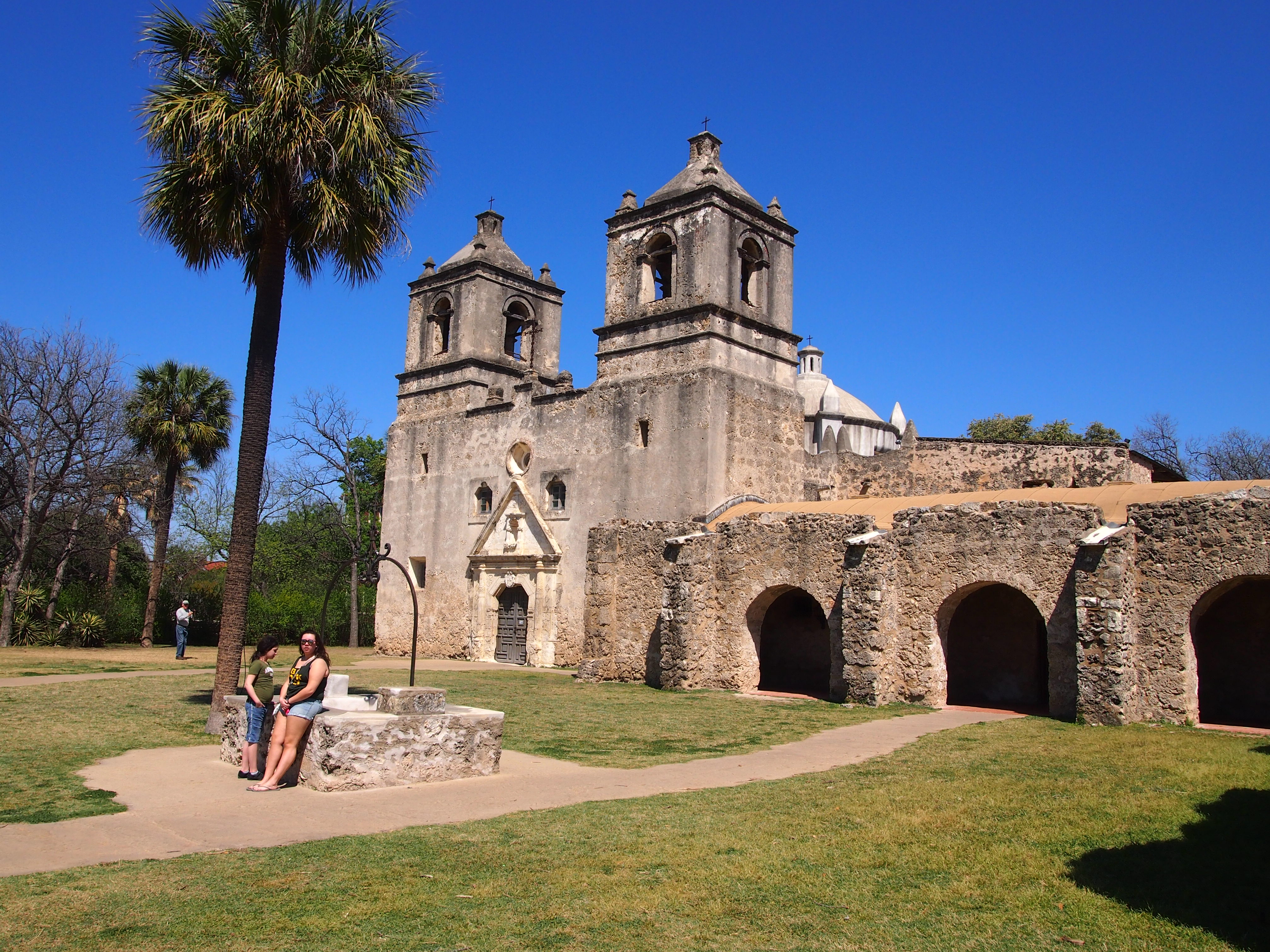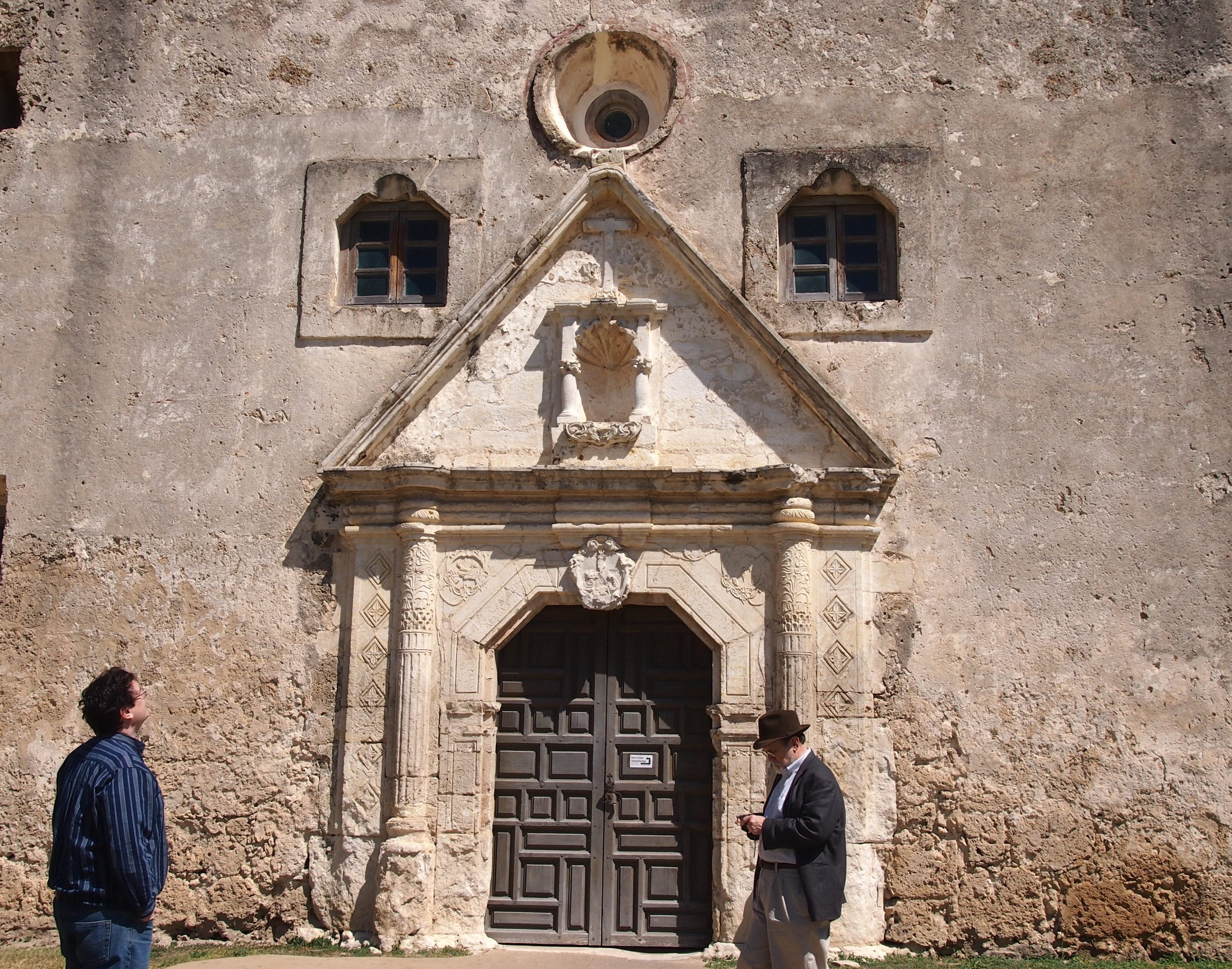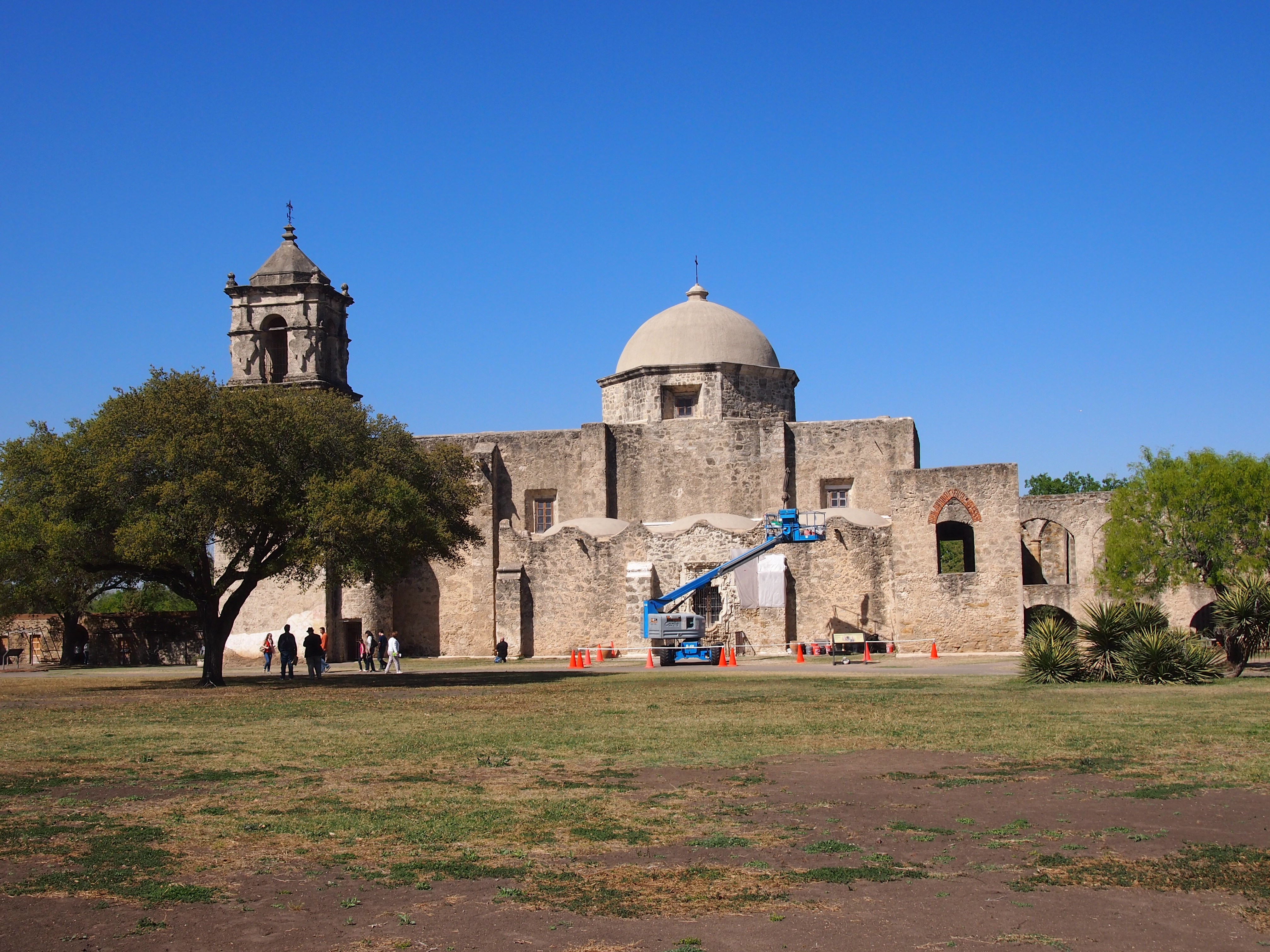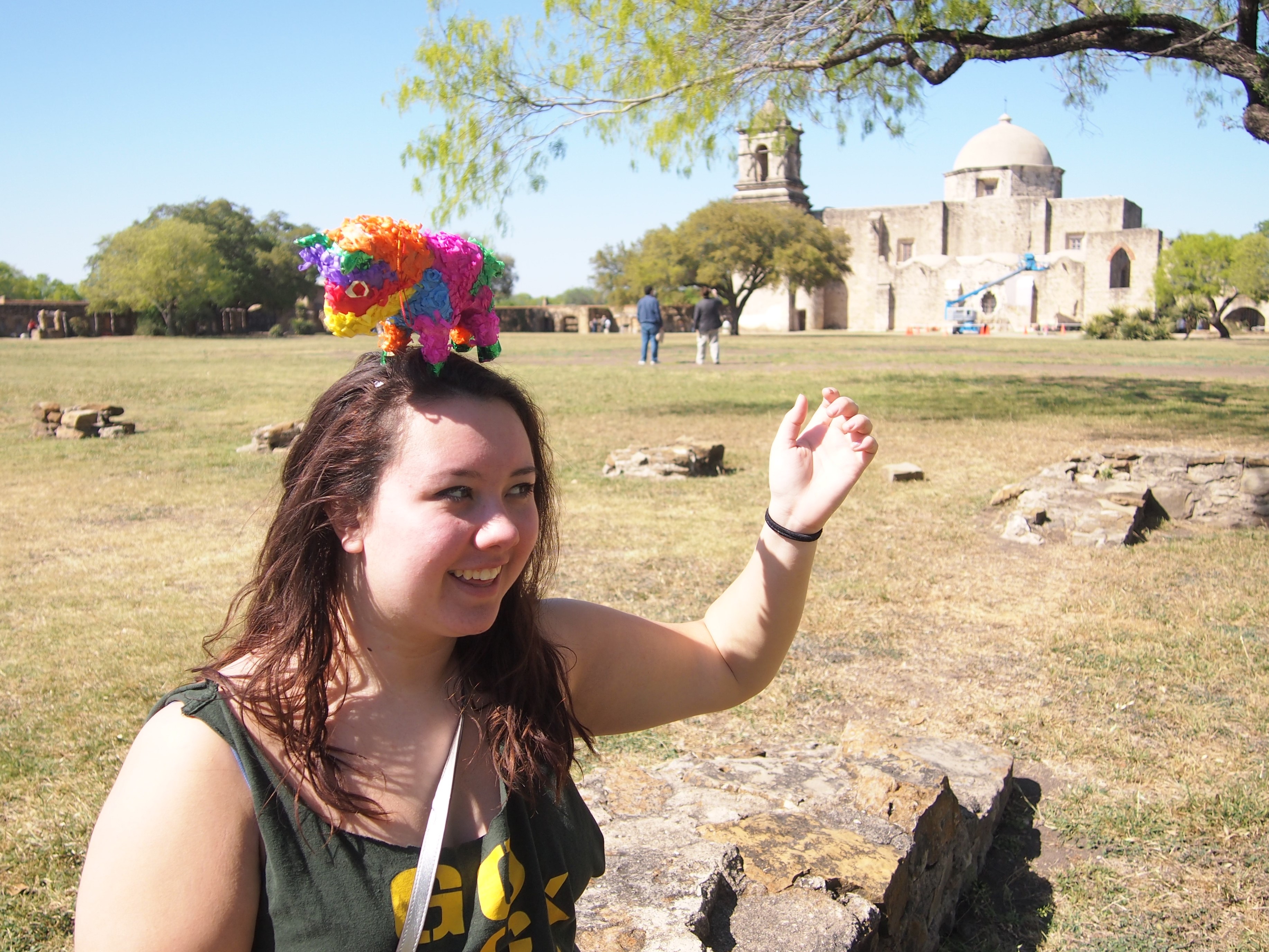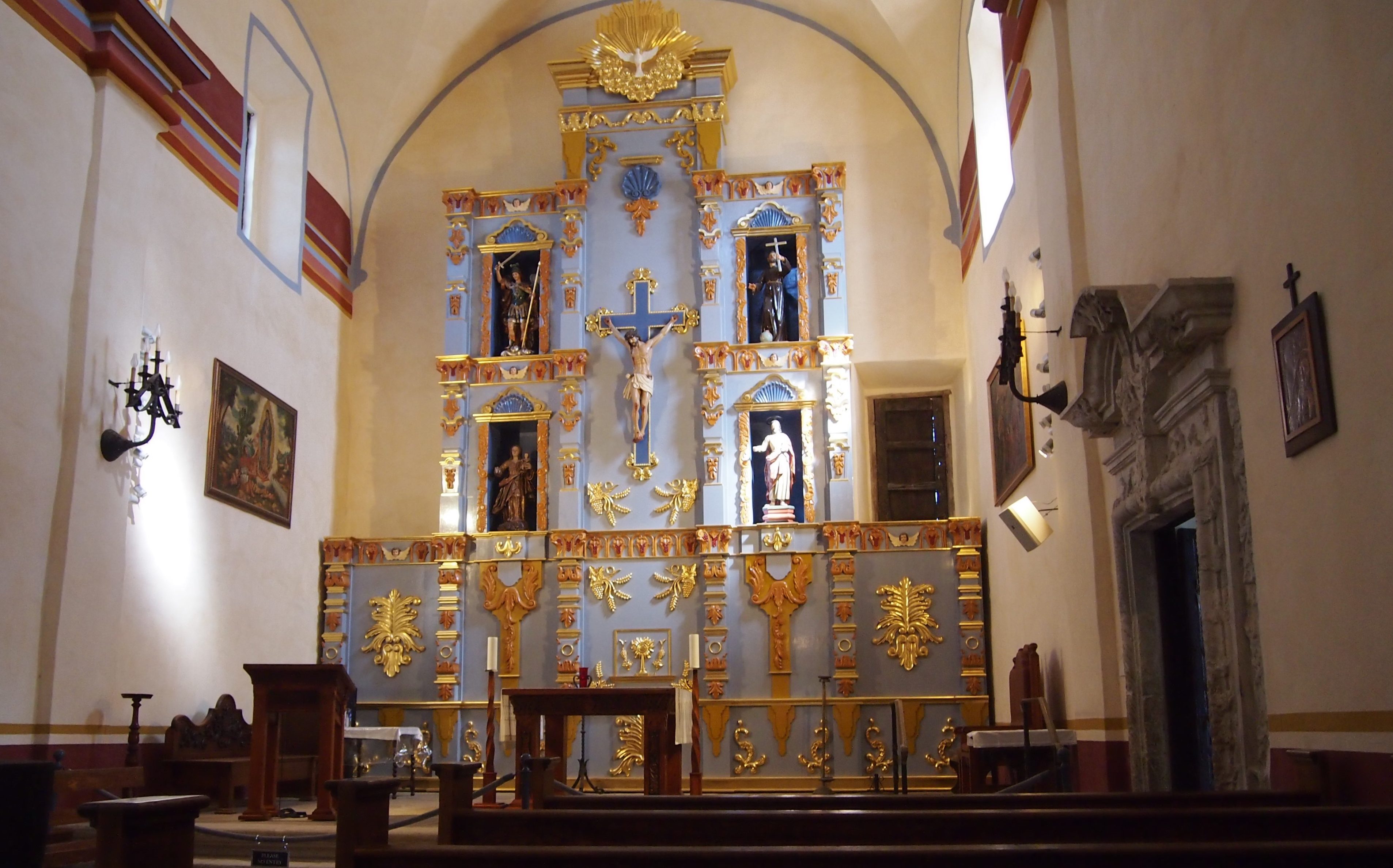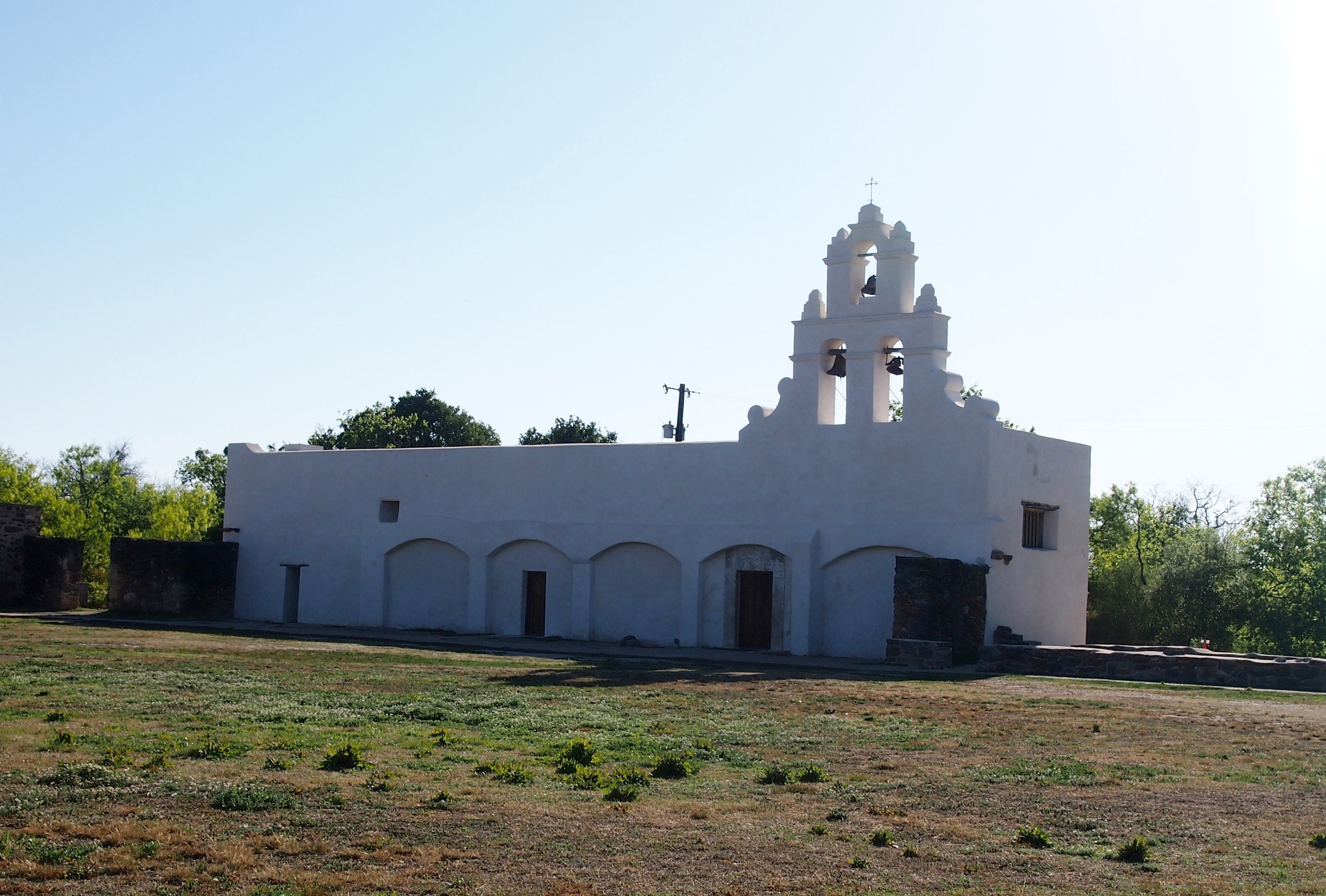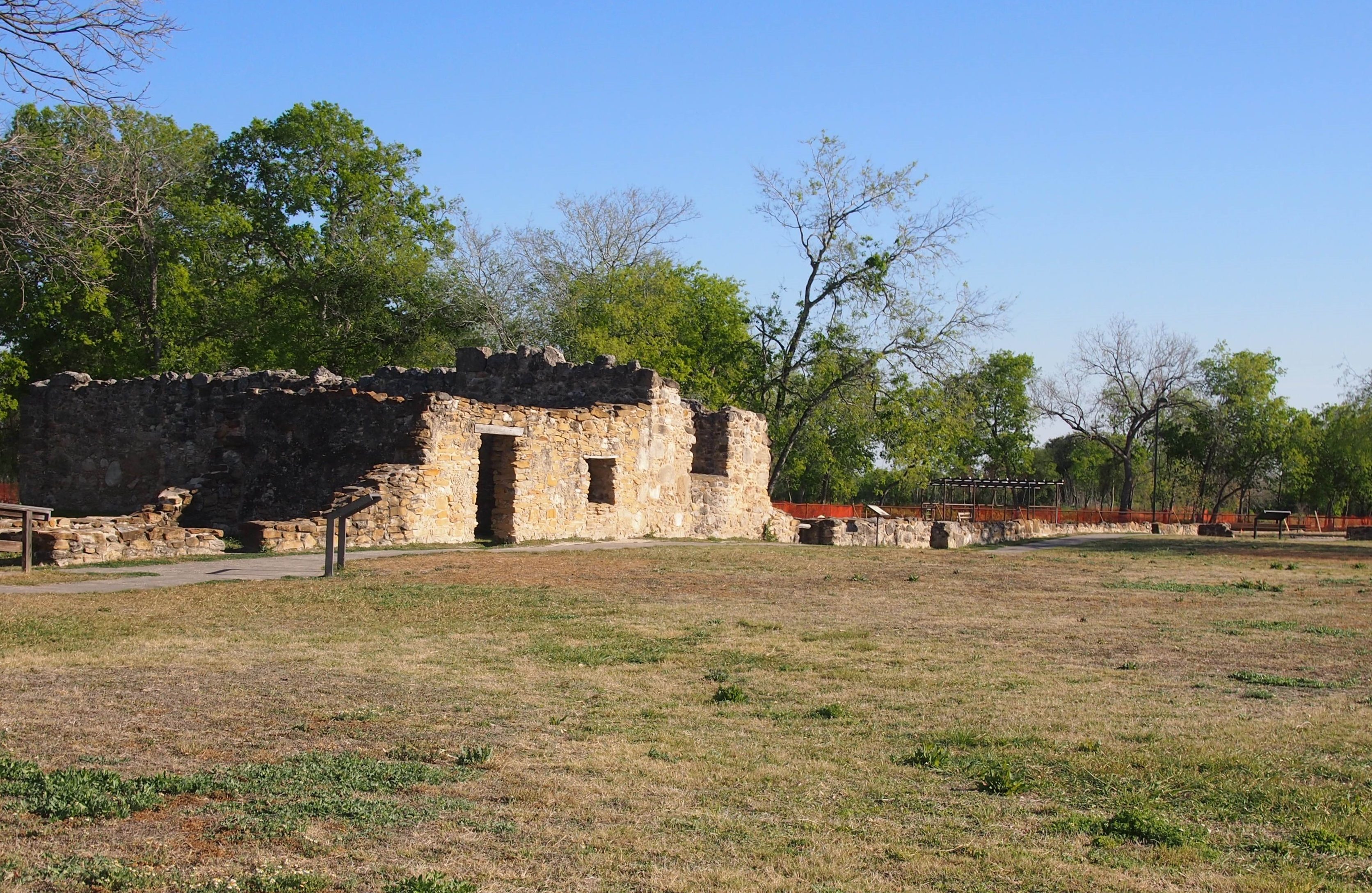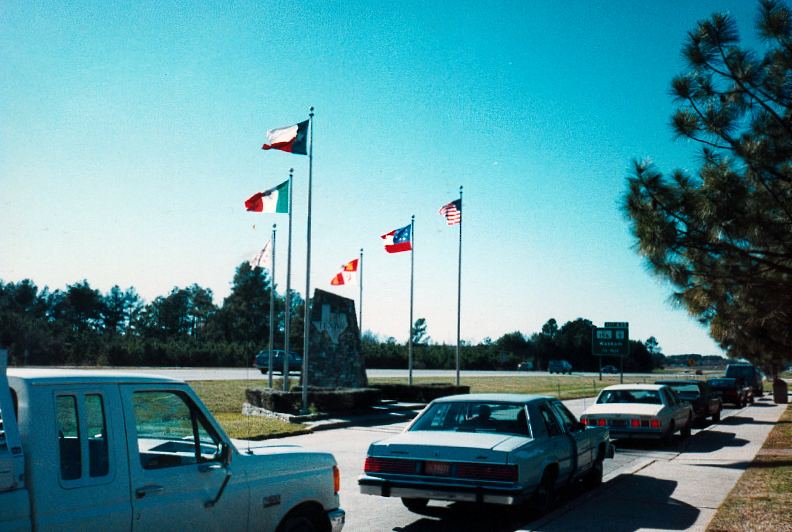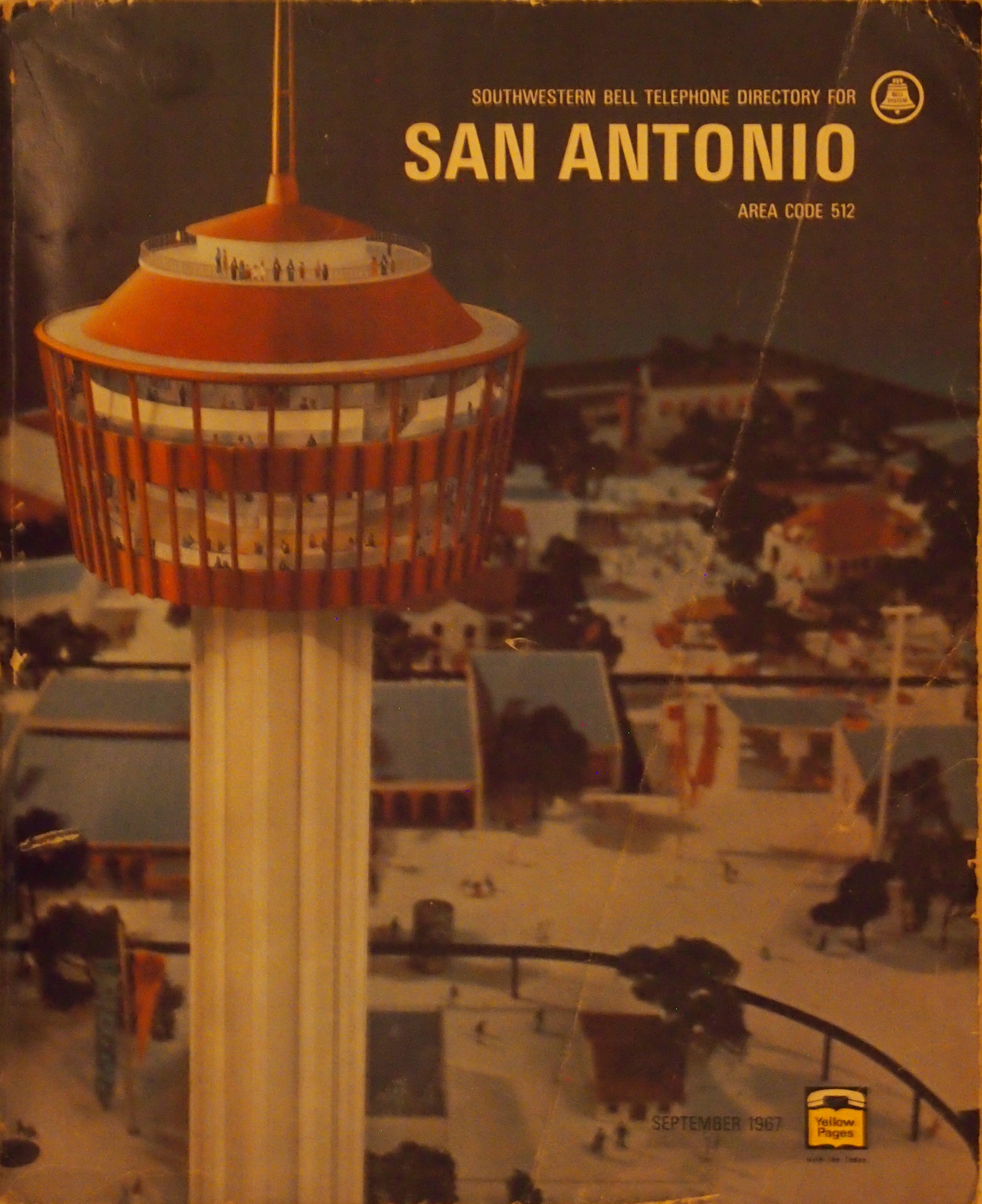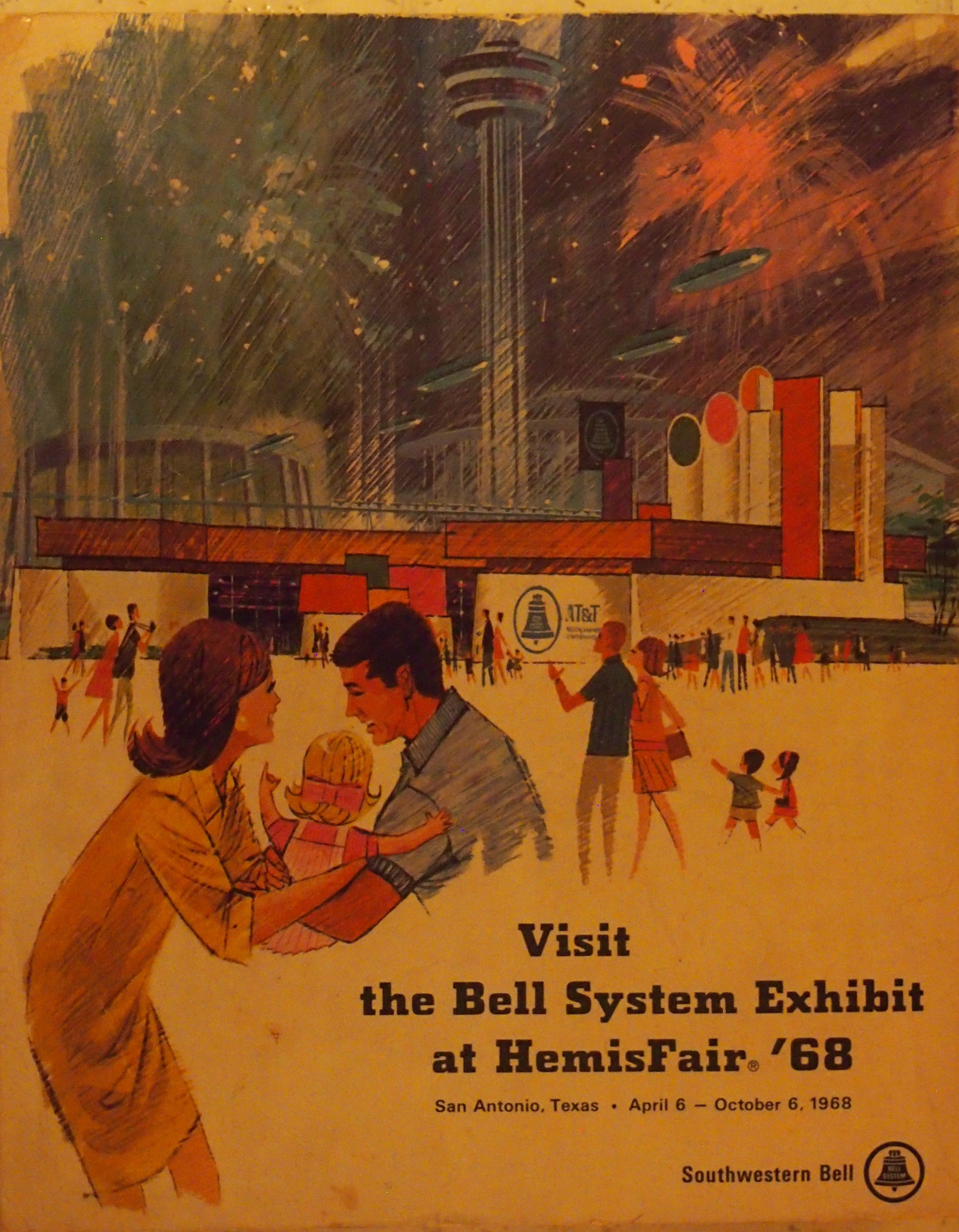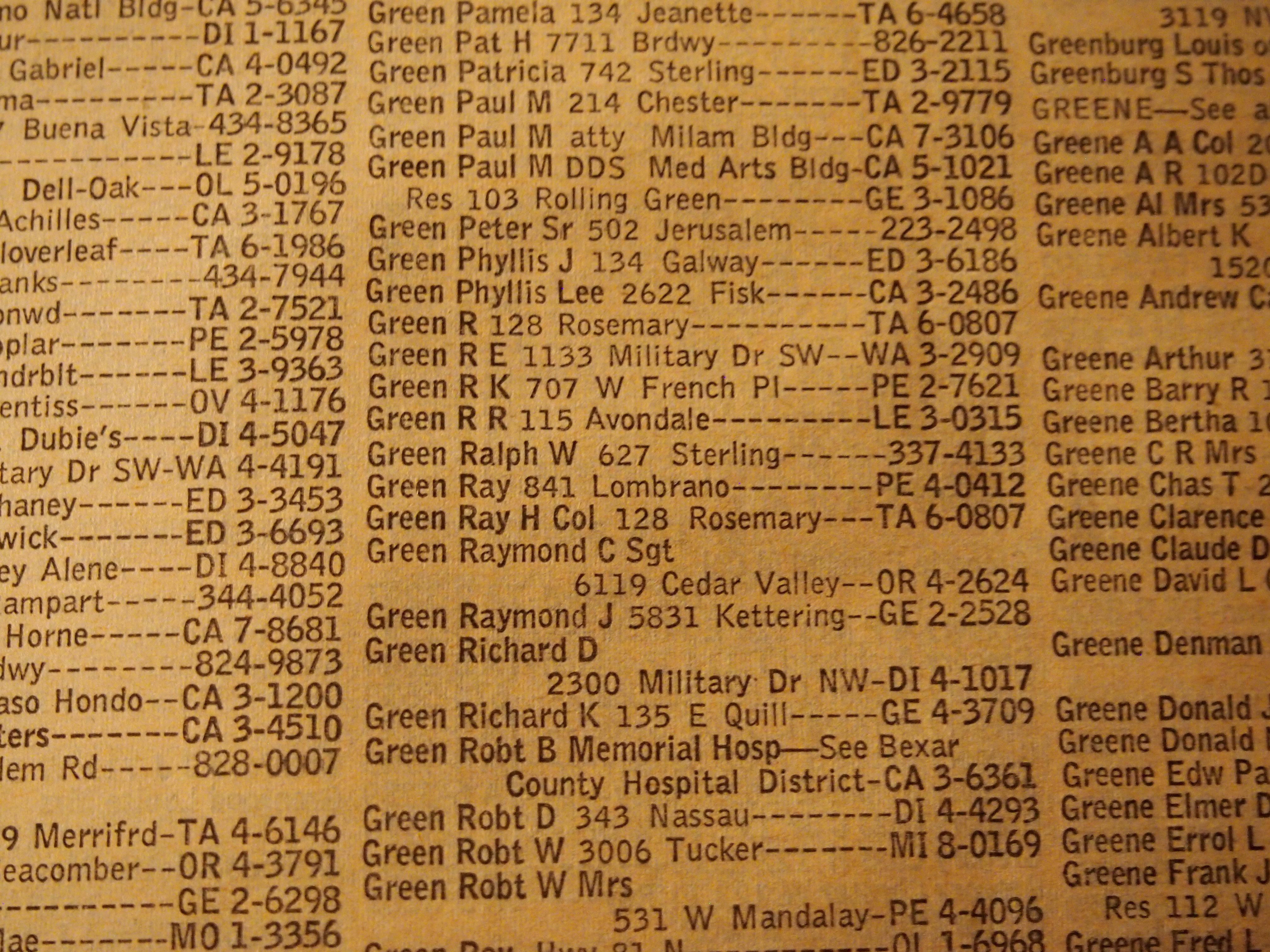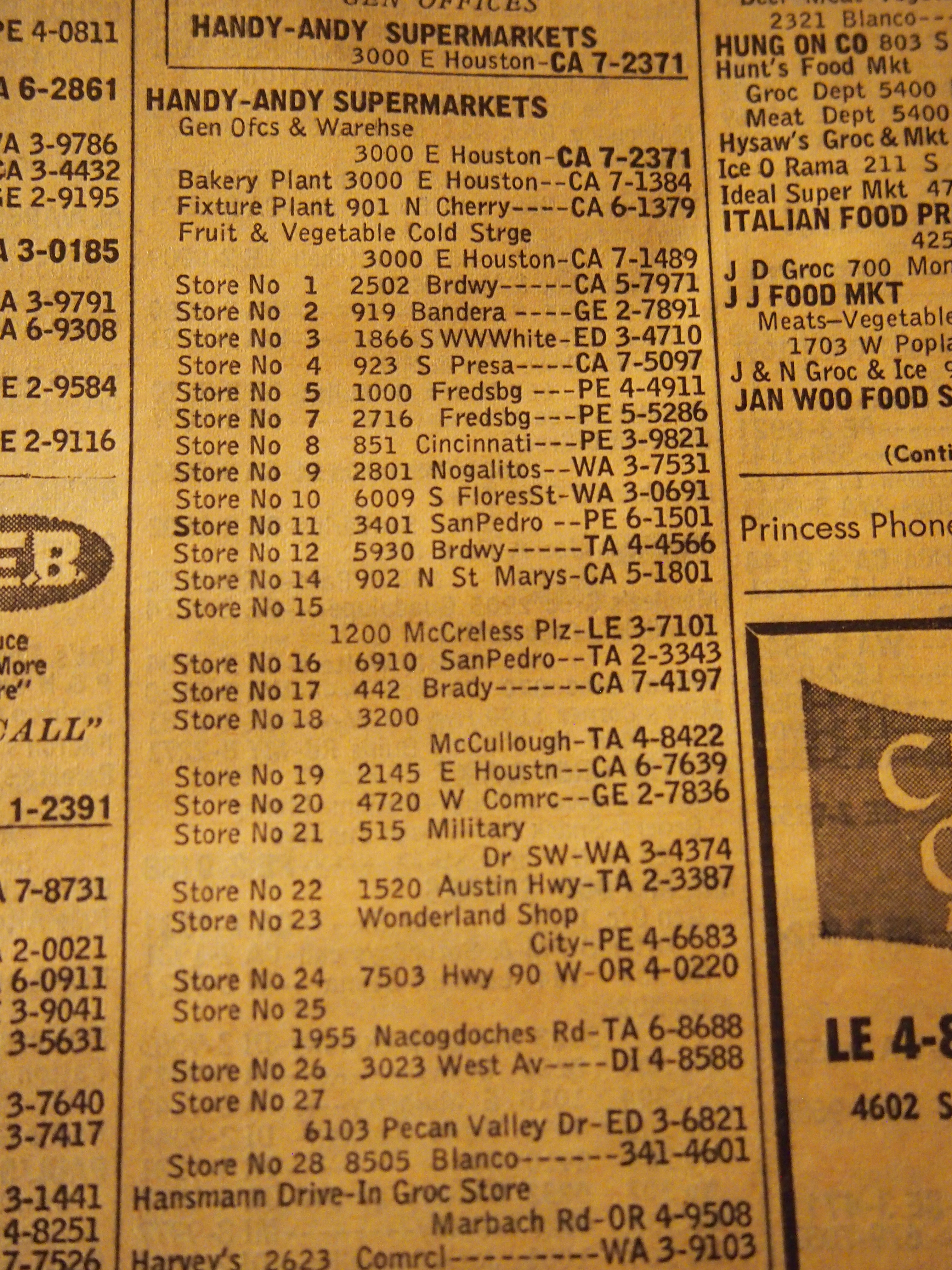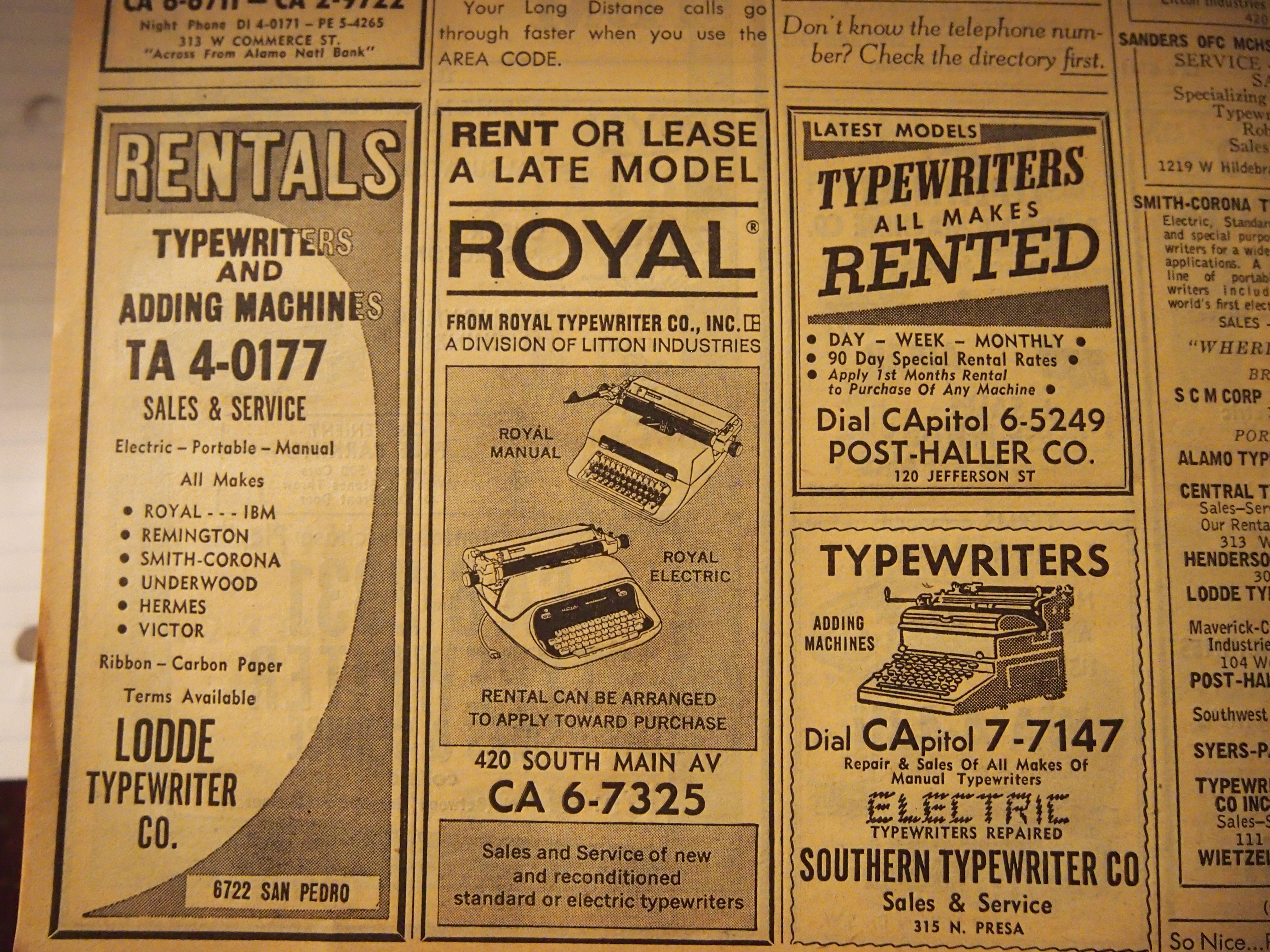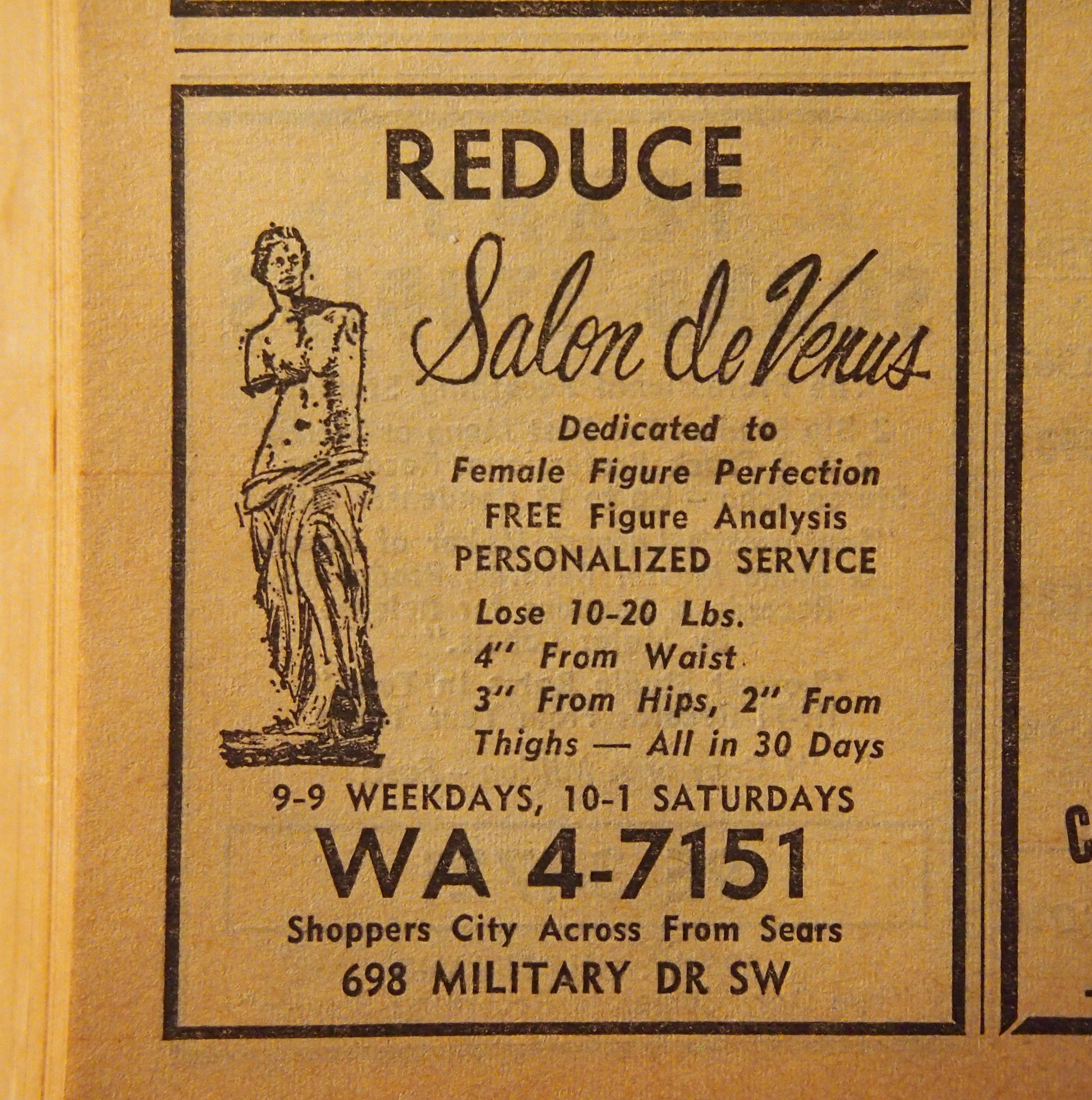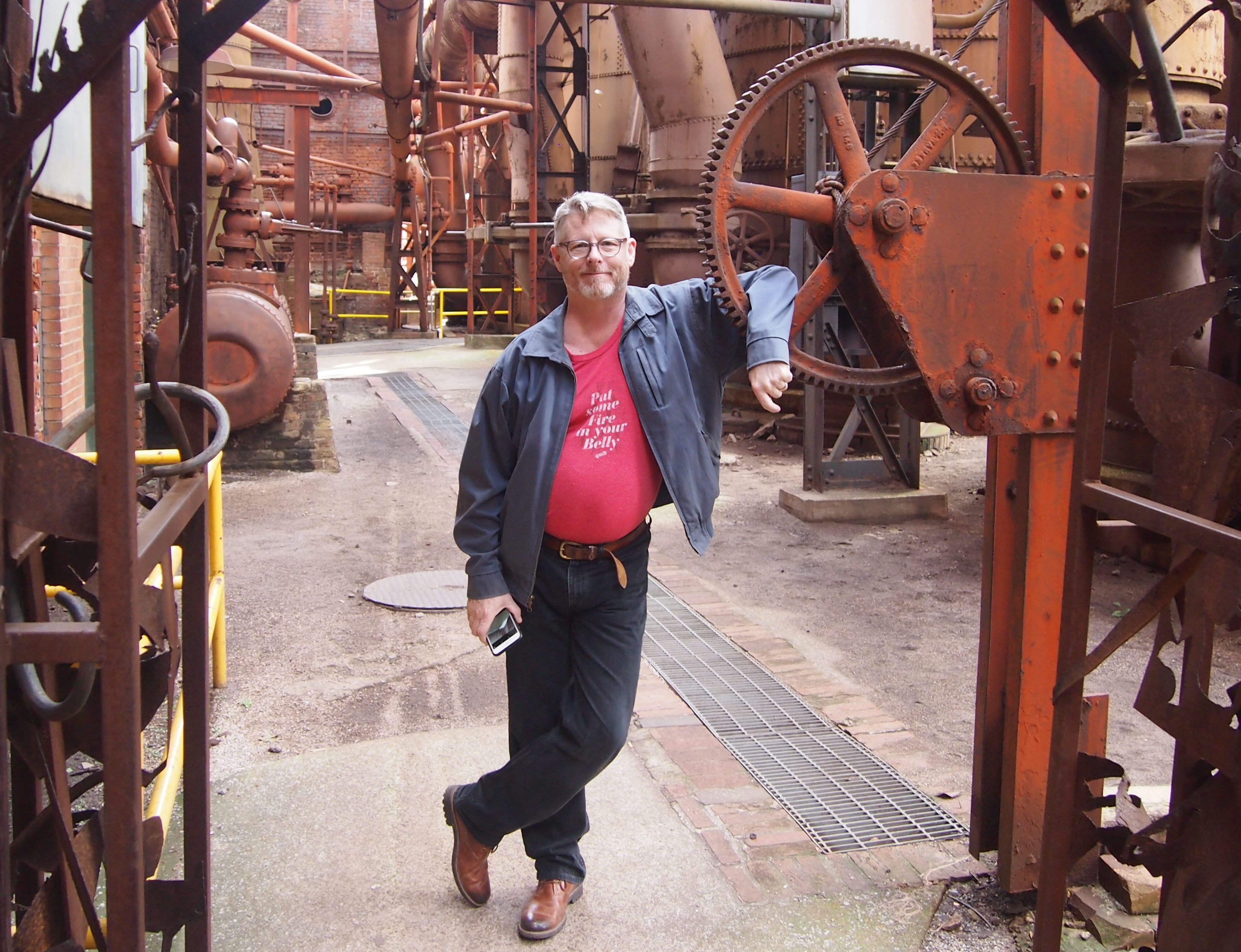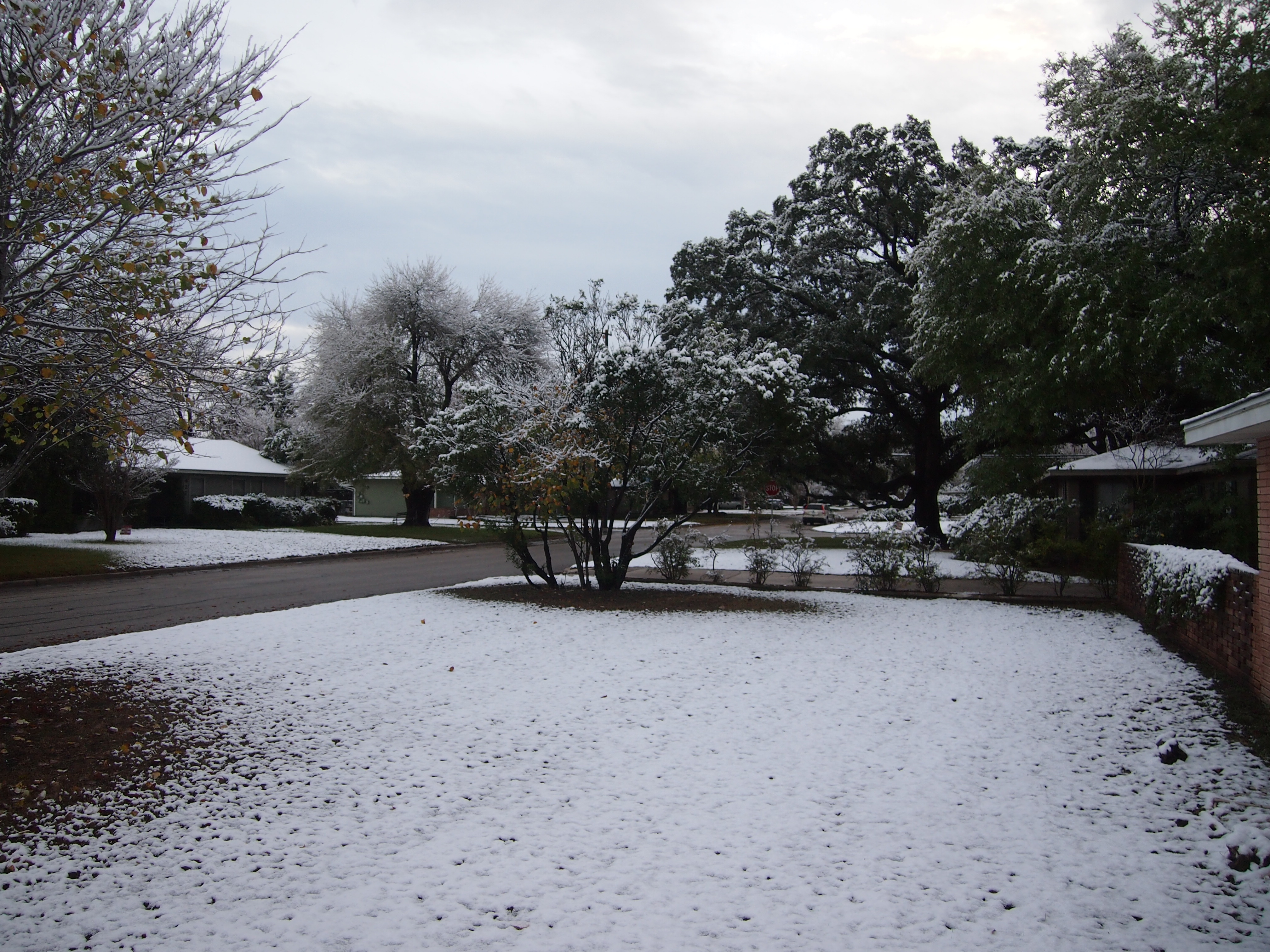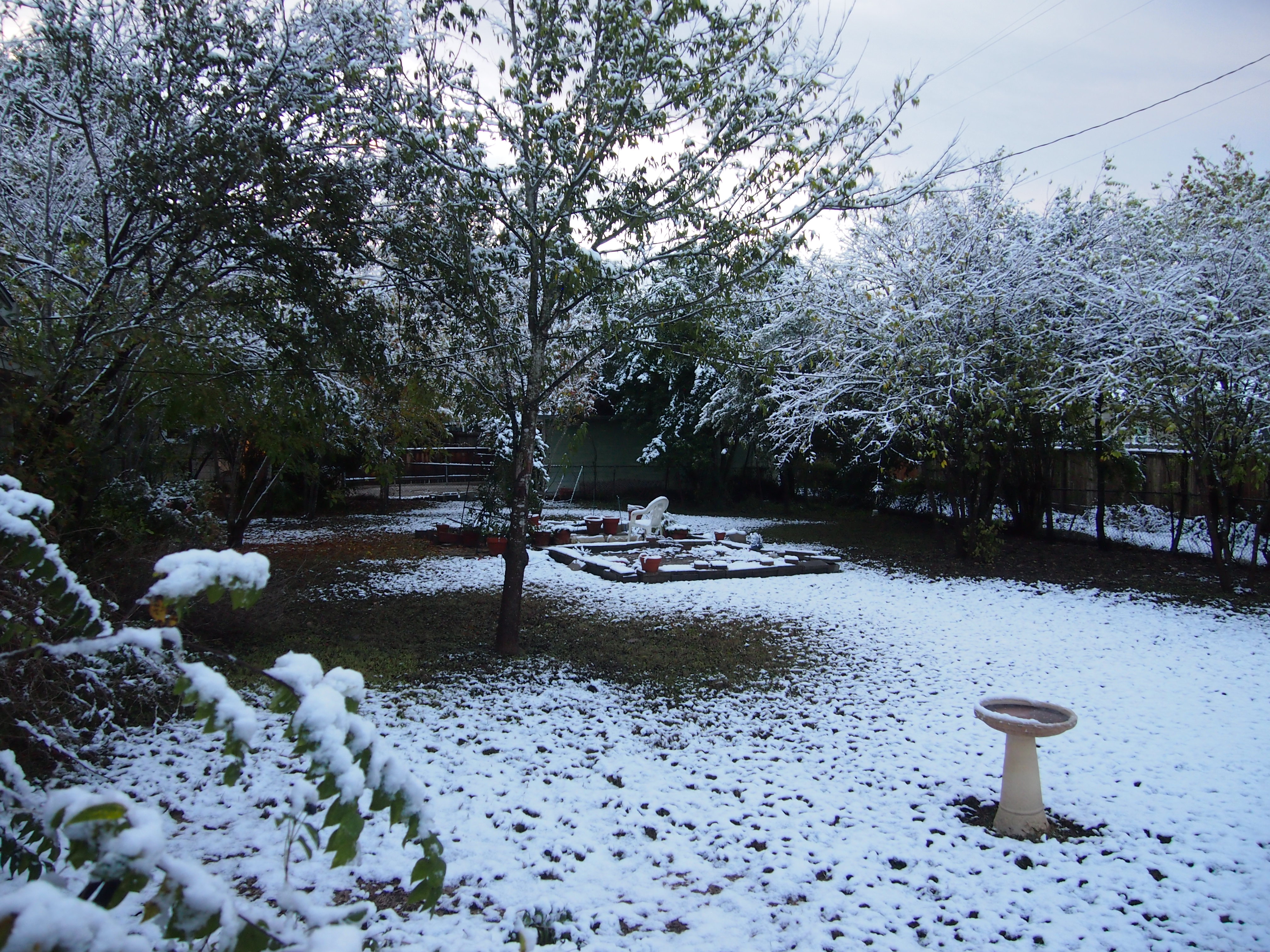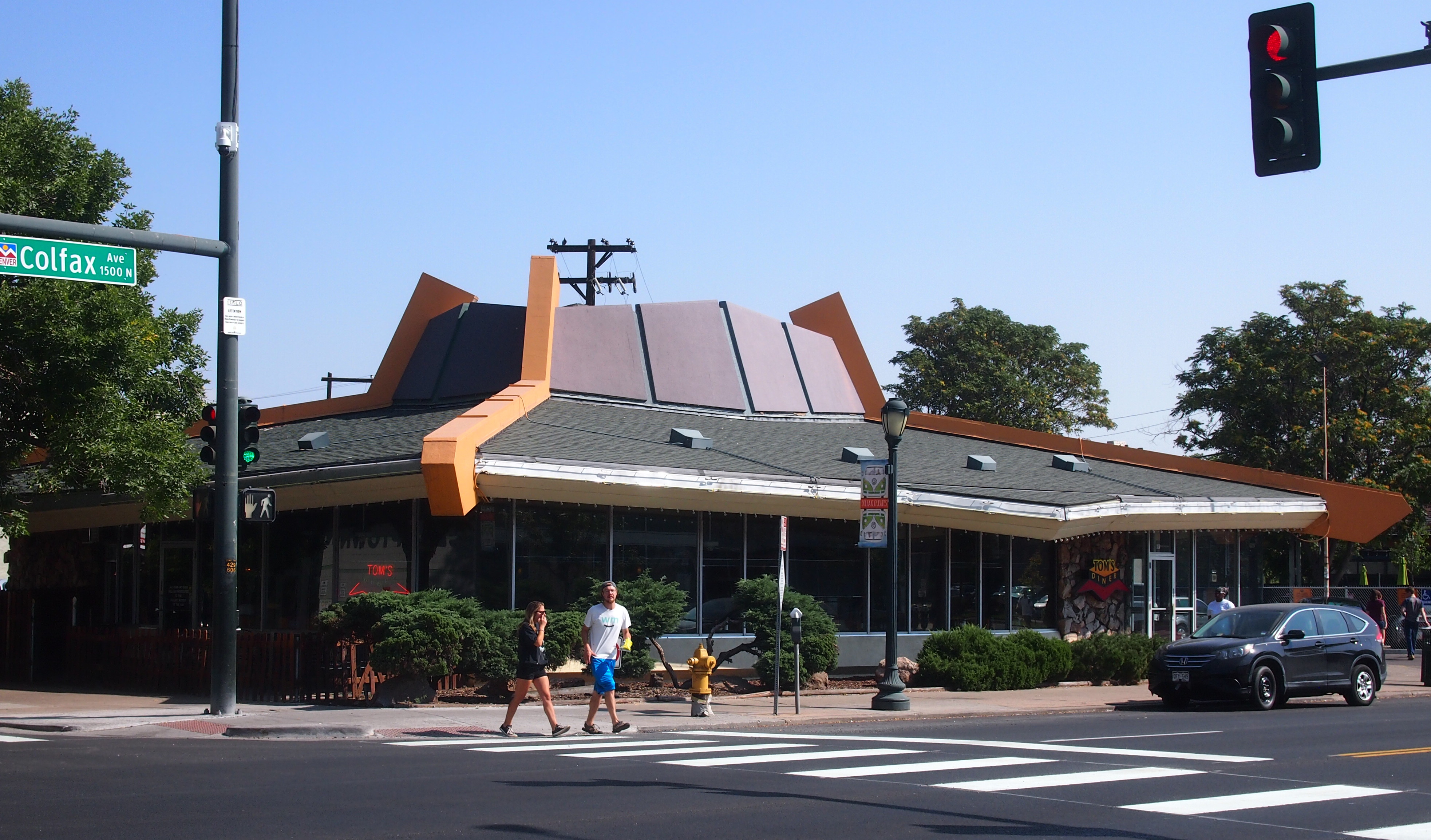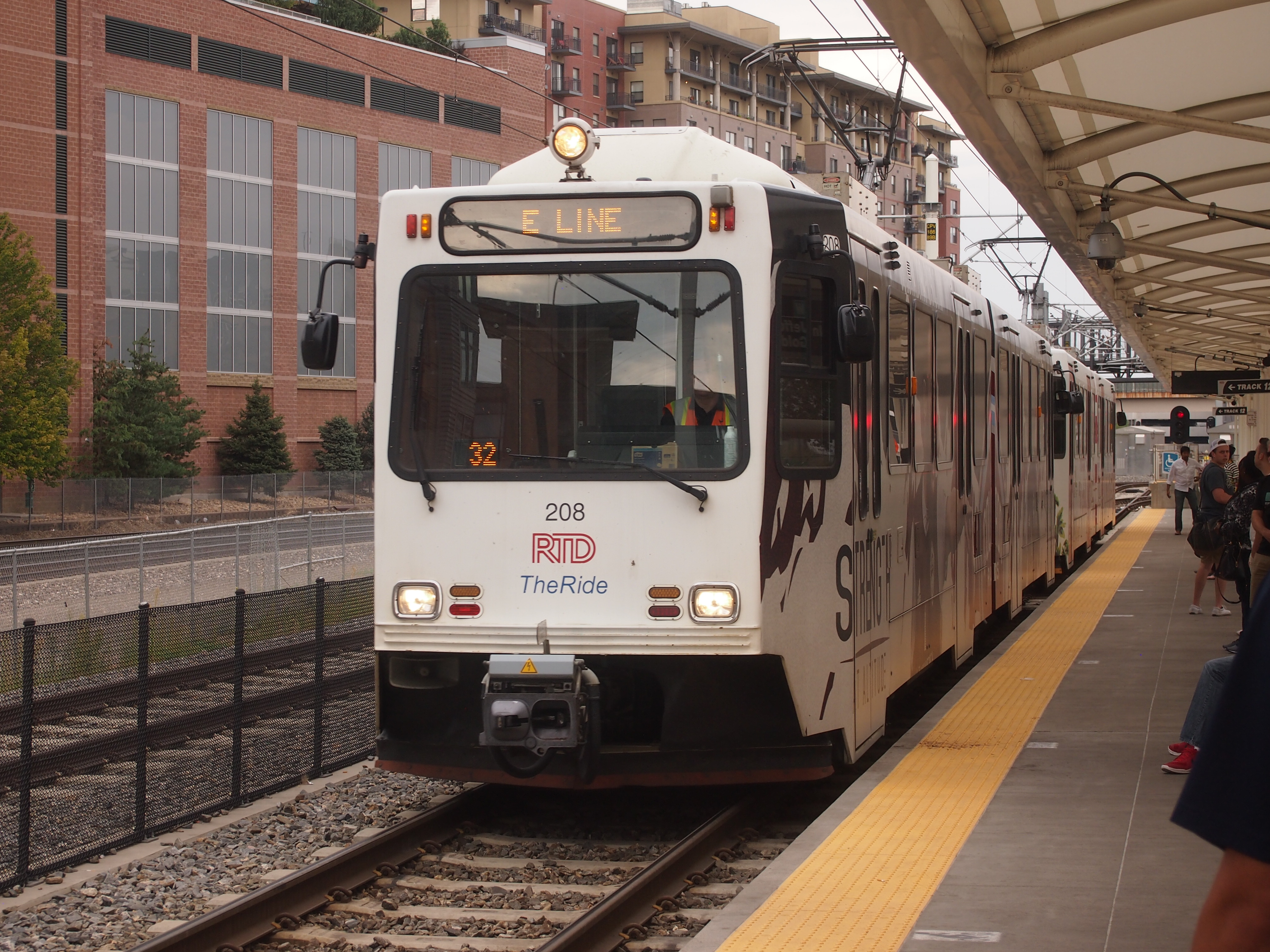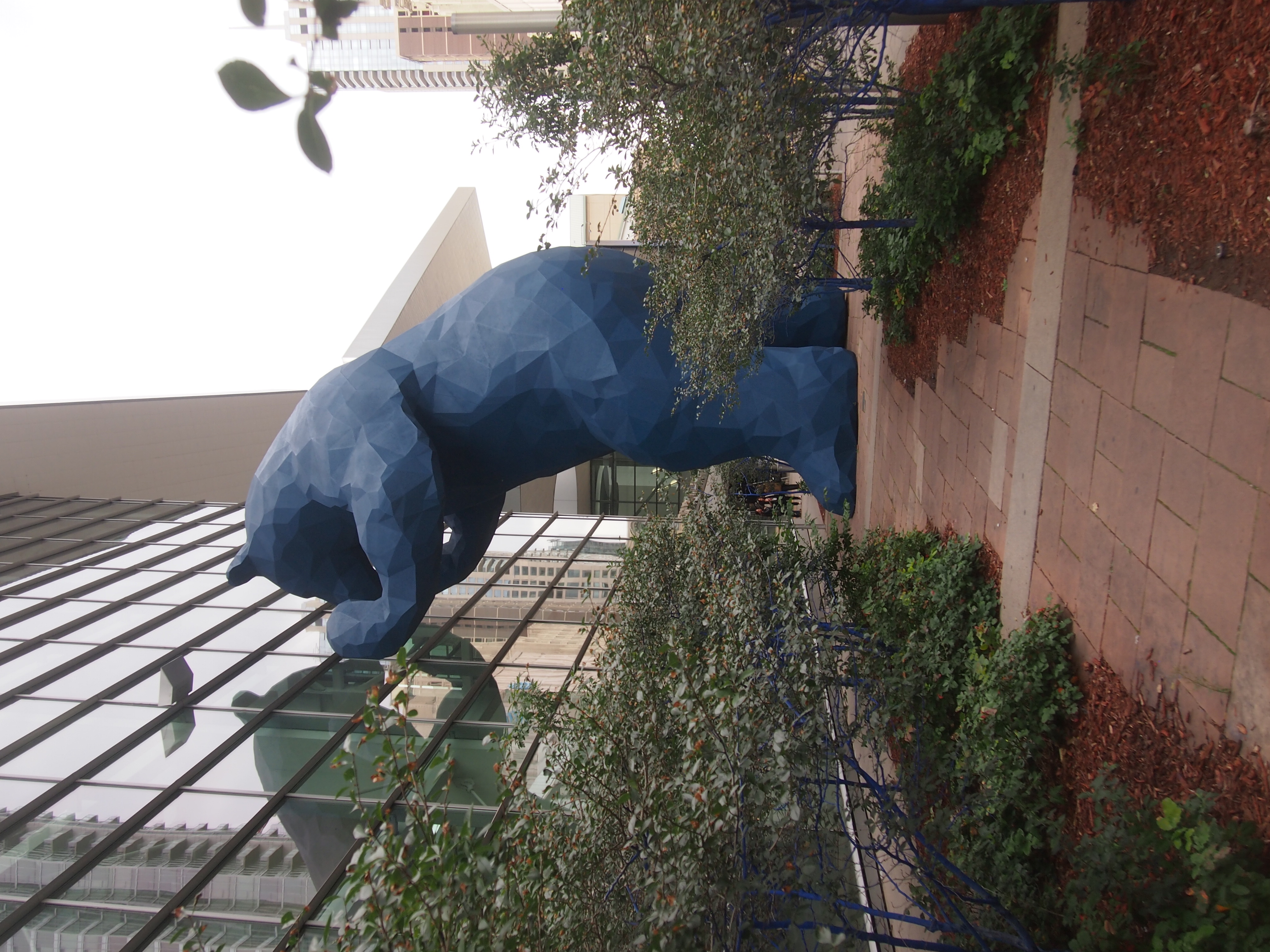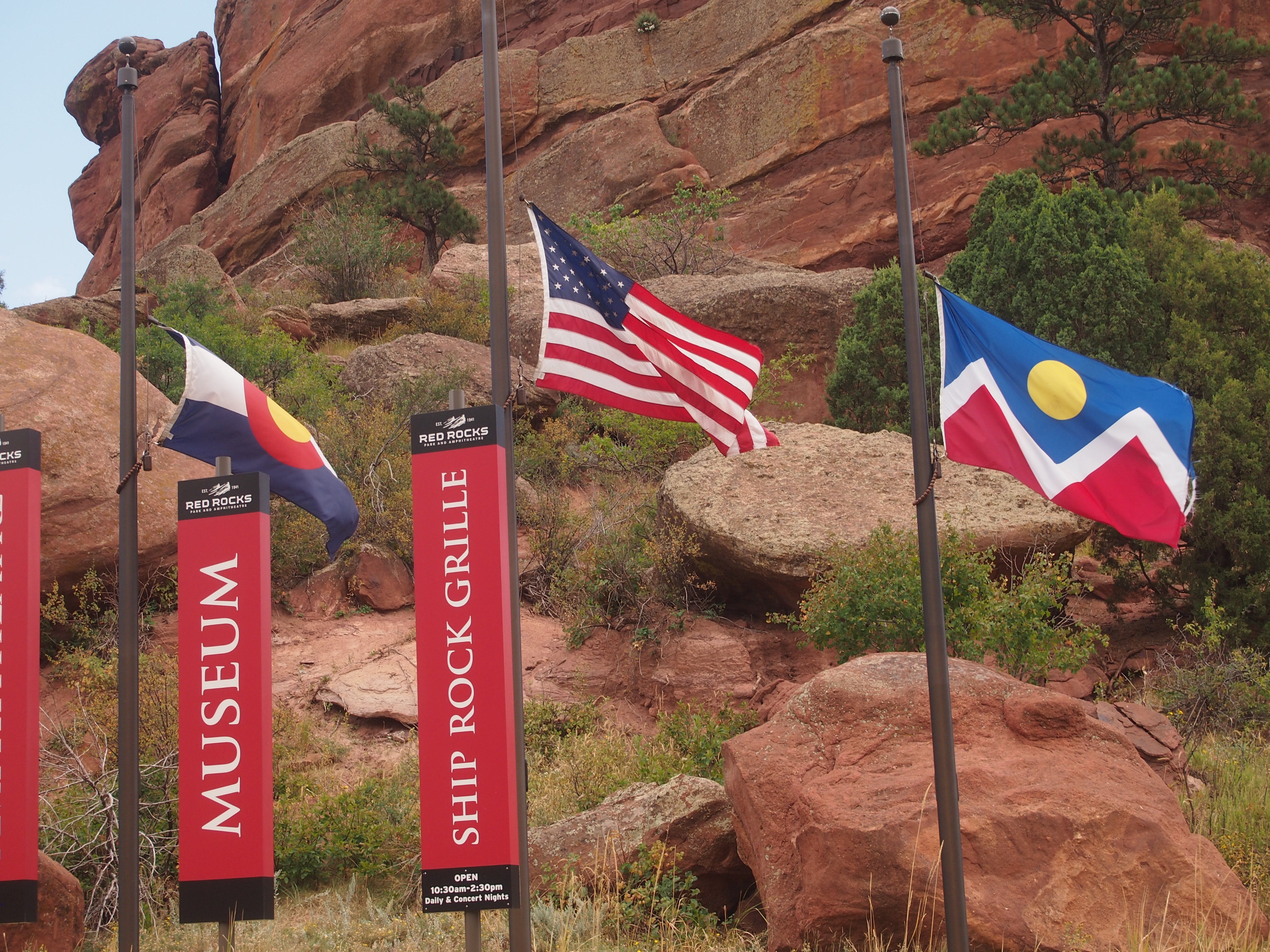He died a good many years before I was born, and in fact I’d never heard of him until last week, but I have to like William Johnson McDonald of Paris, Texas. In life, he made a considerable fortune, but that’s not his distinction. Rather, in death McDonald left behind money enough to found the McDonald Observatory in far West Texas.
That’s a fine use for the fortune of a childless man. Maybe McDonald would look into the night sky there in Paris — and it was probably still pretty dark in that town in the early 20th century — and think that mankind needed to find out more. Build better telescopes, see further.
In full, the facility is the University of Texas at Austin McDonald Observatory, completed in 1939 and which now has telescopes on Mount Locke and Mount Fowlkes, near Fort Davis. Unlike Big Bend, I wanted to visit the observatory when I was young. That was the kind of youngster I was. In the spring of 1979, I think, a high school friend and I wanted to go, but found out there was a six-month waiting list. Or at least that’s what I seem to remember happened. We shelved the idea.
So for me it had to wait until the spring of 2018. The day after I visited Big Bend, I drove from Marathon to Fort Davis and then up the winding two-lane road into the mountains. Actually, pretty much every road in West Texas has two lanes, except I-10, but anyway I arrived at the observatory in time for the 11 a.m. tour, which is supposed to include a look at the two major telescopes and a look through one of the smaller scopes at the Sun.
Except that the Sun wasn’t to be seen. After clear skies and temps near 90 F. the day before, a front blew in overnight. When I went to bed that night, my room at the Marathon Motel & RV Park was about as dark and quiet as a place can be. Occasionally a train would roar by, which was pretty loud but not that often, and from time to time, dogs barked in the distance. That was it.
I woke at 4 or 5 a.m., while it was still very dark, to a constant whoosh of wind outside. Not the winds I’m used to at home, which can be loud and strong, but tend to subside for a few minutes at a time. This West Texas wind was constant. I fell asleep to it, and a few hours later, at dawn or so, it still was blowing with the same intense regularity. A little more sleep — that’s how I tend to sleep — and after that, the blow was still blowing the same.
With the wind came clouds, a little drizzle and much cooler temps. By the time I got to the observatory, I was in some clouds. So much fog that at first I could barely see the observatory buildings.
Instead of a look at the Sun, our guide showed us images of the Sun in the visitors center’s small auditorium, and talked about it and other stars. He was an informative young man, an astronomy enthusiast who happened to get a job in public affairs at McDonald. As usual with these things, I already knew a fair amount, but not everything.
I didn’t know, for instance, that UY Scuti is now the largest known star, at about 1,700 times larger than the Sun’s radius and 21 billion times the volume. Enough at least to engulf the the entirety of Jupiter’s orbit. Luckily, it’s at a safe distance of 9,500 light years or so. A near neighbor in galactic terms, but not really that near.
The tour first took us to the Harlen J. Smith Telescope, named after the observatory director who oversaw its construction. The scope is under the dome at some distance from the visitors center.
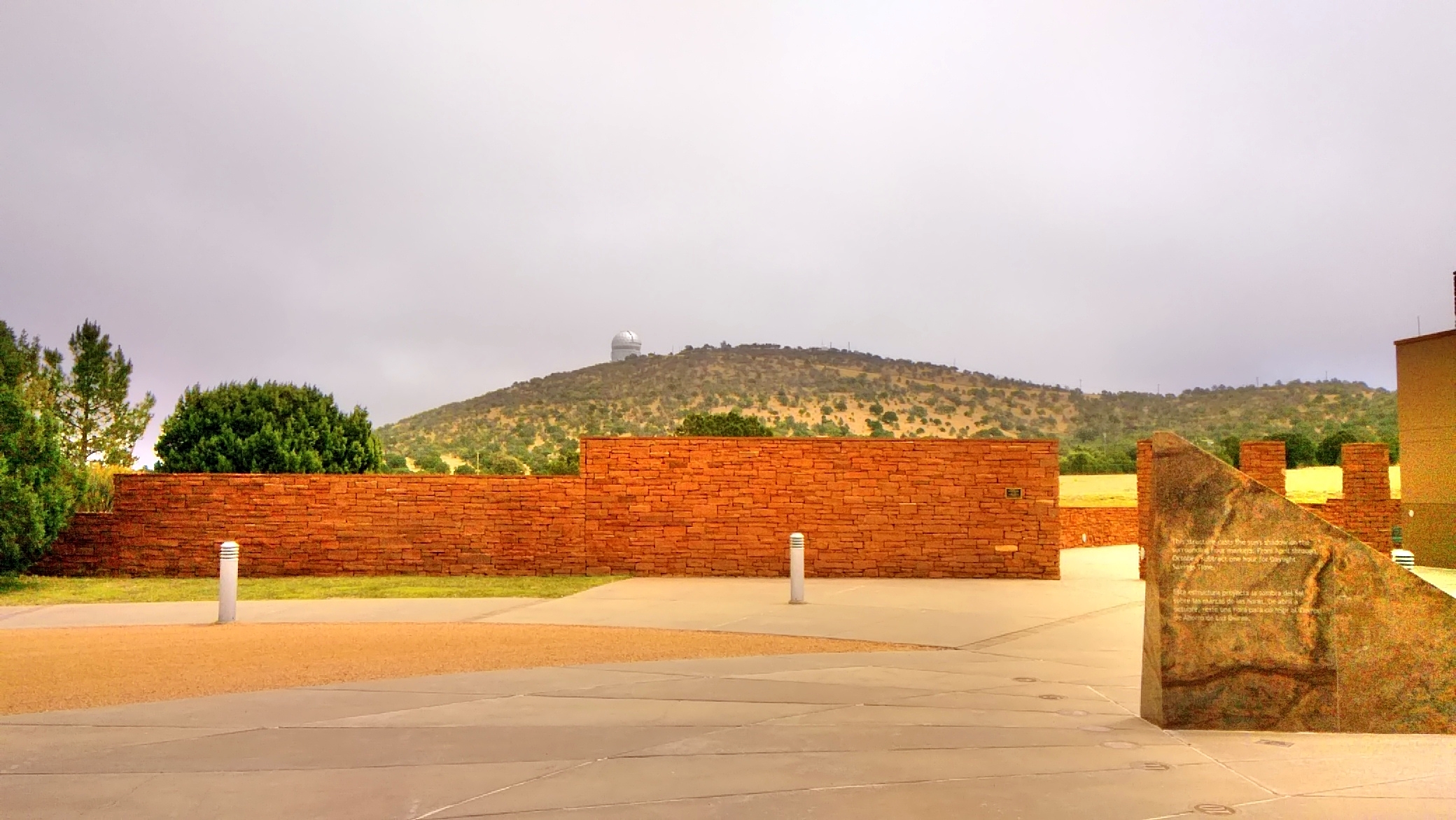 Under the dome, it’s a commanding presence.
Under the dome, it’s a commanding presence.
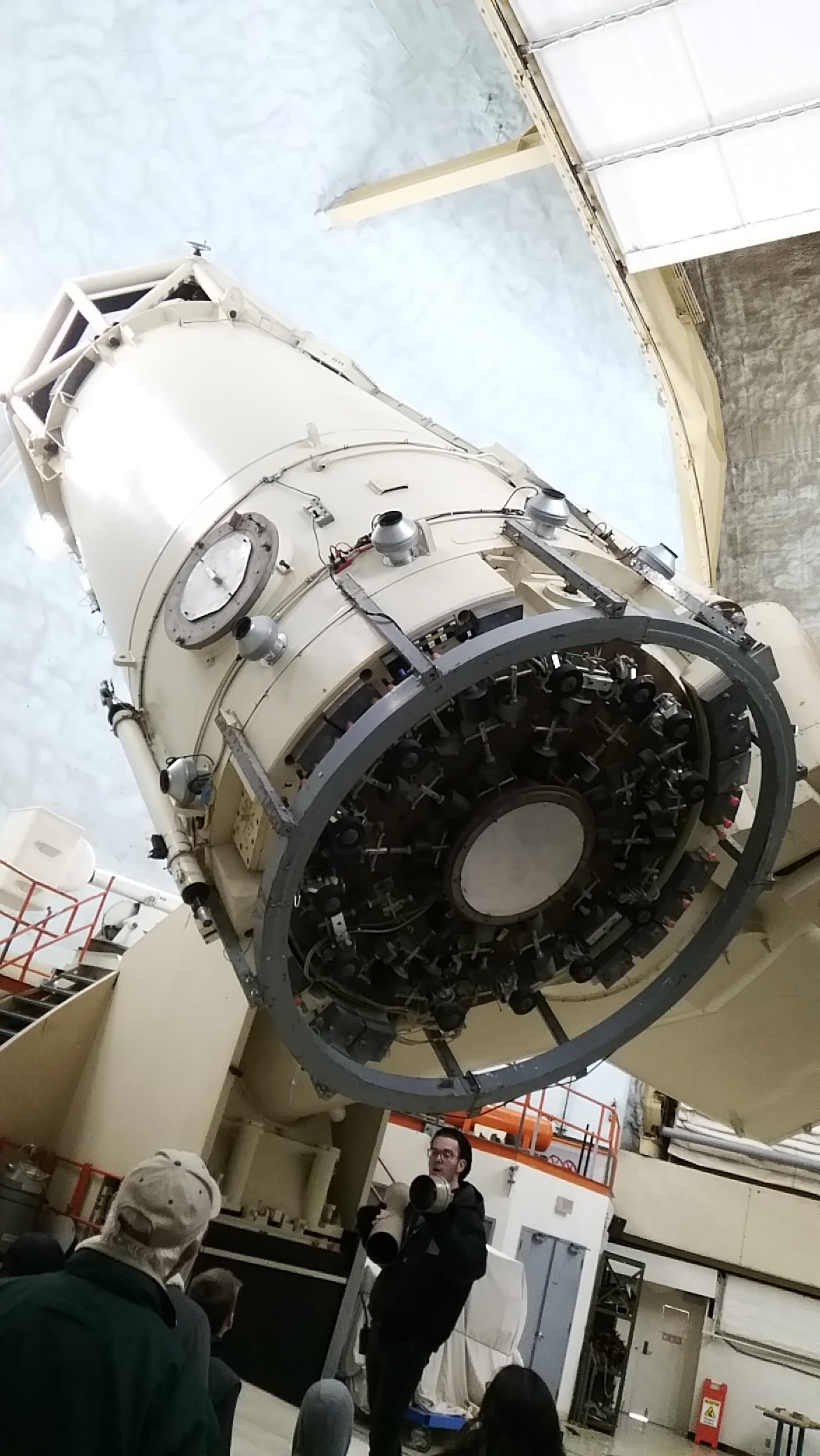 The instrument was a creation of the space race. “McDonald Observatory’s new director, Harlan J. Smith… convinced NASA to build one of those new telescopes at McDonald,” the observatory web site says. “The telescope brought new life and prestige to the observatory, helped recruit top young faculty members, and established McDonald as key player in the exploration of the Solar System.
The instrument was a creation of the space race. “McDonald Observatory’s new director, Harlan J. Smith… convinced NASA to build one of those new telescopes at McDonald,” the observatory web site says. “The telescope brought new life and prestige to the observatory, helped recruit top young faculty members, and established McDonald as key player in the exploration of the Solar System.
“Planning began in 1964, and construction was completed in 1968 on Mount Locke. Built by Westinghouse for about $5 million, the new telescope was then the third largest in the world. Weighing in at 160 tons, it had a fused silica mirror 107 inches (2.7 m) wide that gave it a light-gathering power one-quarter million times greater than the unaided eye. It began regular observations in 1969.”
The Harlen was also where a laser was first set up to bounce a beam off the reflector that Armstrong and Aldrin left on the Moon, measuring the distance between Earth and Moon down to some ridiculously small (in inches) margin of error. If that’s not a cool factoid, I don’t know what is.
The final stop was at the Hobby-Eberly Telescope, completed in 1997, which is under this dome.
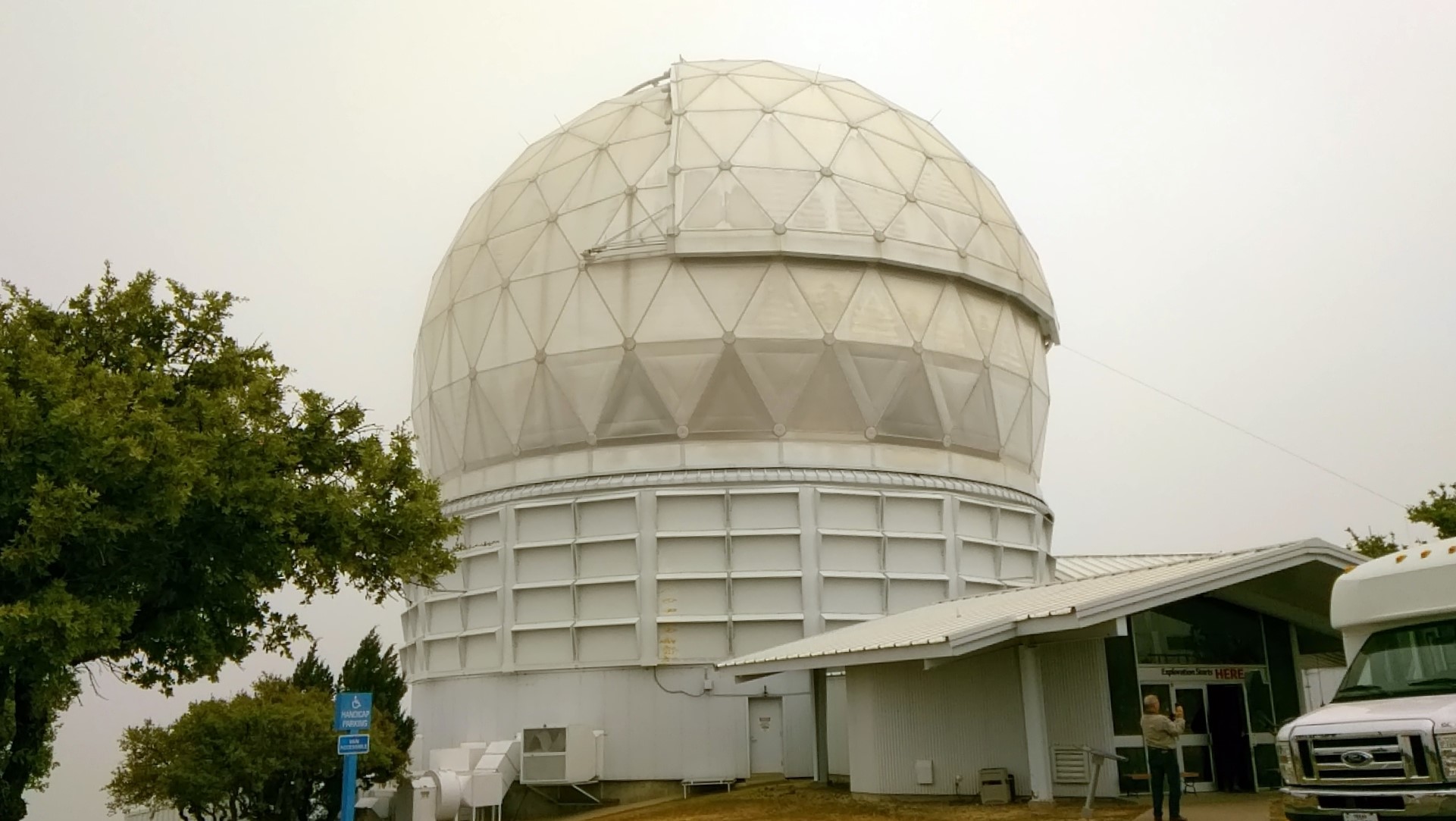 “It was designed specifically for spectroscopy, the decoding of light from stars and galaxies to study their properties,” the observatory says. “This makes it ideal in searching for planets around other stars, studying distant galaxies, exploding stars, black holes and more.
“It was designed specifically for spectroscopy, the decoding of light from stars and galaxies to study their properties,” the observatory says. “This makes it ideal in searching for planets around other stars, studying distant galaxies, exploding stars, black holes and more.
“The telescope’s mirror looks like a honeycomb. It’s made up of 91 hexagonal mirrors. To make good observations, the 91 segments must be aligned exactly, to form a perfect reflecting surface. The mushroom-shaped tower to the side of the HET dome contains a laser-alignment system that works to keep the segments in proper alignment. The mirror segments form a reflecting surface that is 11 by 10 meters.
“However, the HET is known as a 9.2-meter telescope because that’s how much of the mirror is actually in use at any given time. This makes the HET, scientifically speaking, the third largest telescope in the world.”
As I was leaving, the Sun came out. The afternoon cleared up and the night was fairly clear back in Marathon. Hope the astronomers got to collect their data from the dark West Texas sky that night.
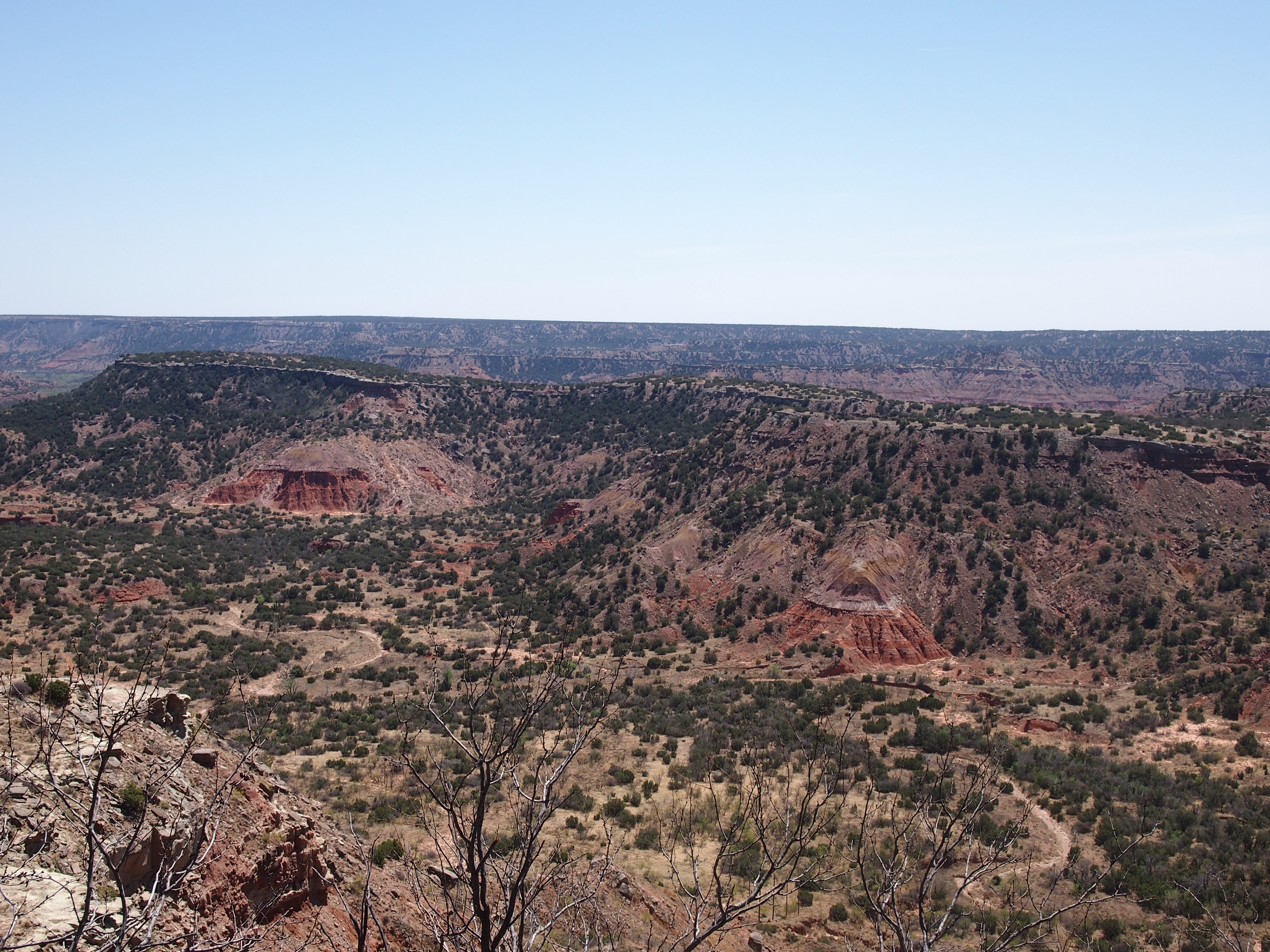

 Made not by a mighty river like the Colorado, but one with a less formidable name, the Prairie Dog Town Fork of the Red River. Unlike the bigger canyon in Arizona, visitors to Palo Duro SP have the option of driving to the canyon floor, 800 or so feet down. That’s because the CCC built a road into Palo Duro once upon a time, along with other structures.
Made not by a mighty river like the Colorado, but one with a less formidable name, the Prairie Dog Town Fork of the Red River. Unlike the bigger canyon in Arizona, visitors to Palo Duro SP have the option of driving to the canyon floor, 800 or so feet down. That’s because the CCC built a road into Palo Duro once upon a time, along with other structures.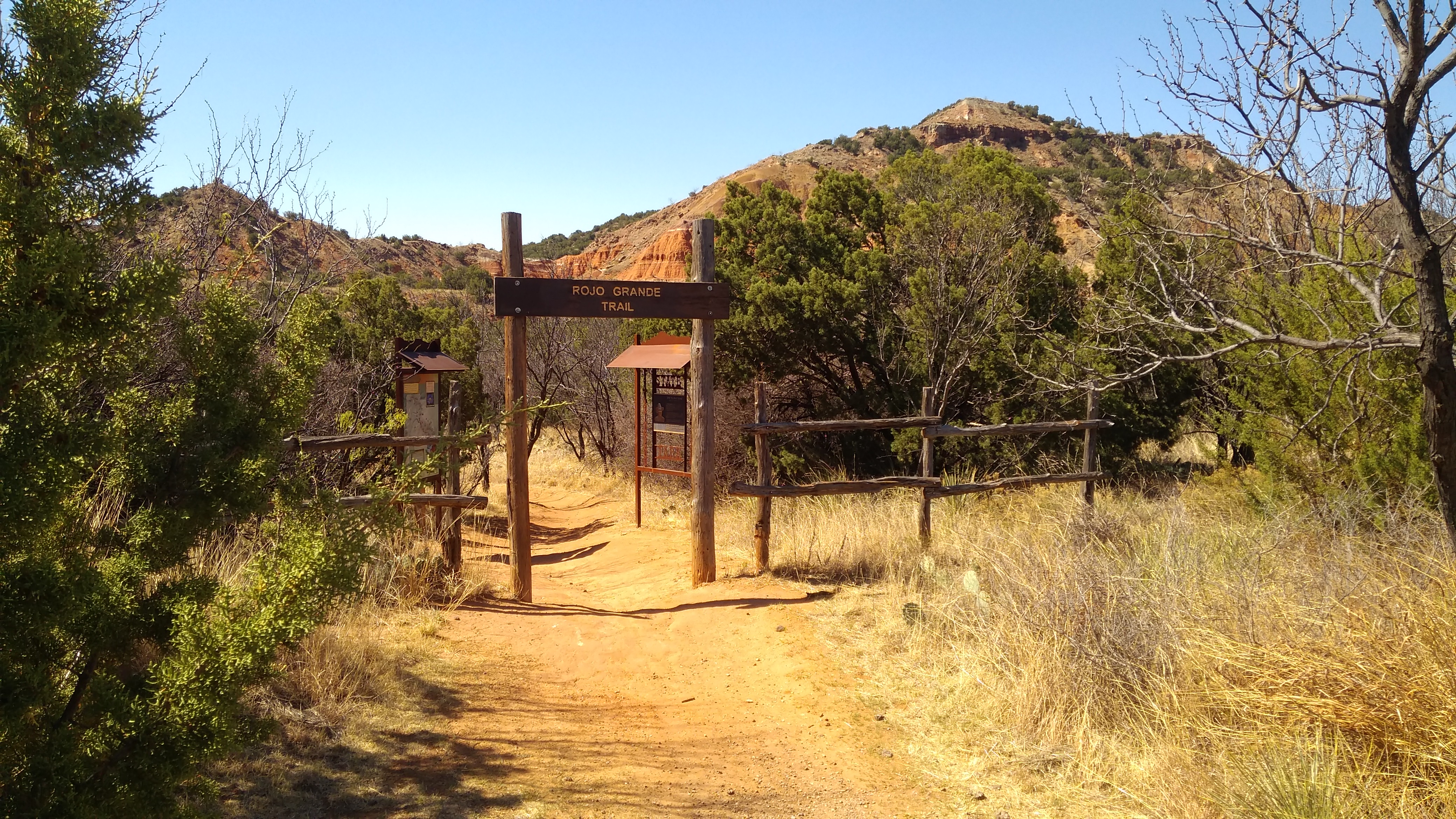 I liked the Rojo Grande Trail. Rojo all right, in places. At least the kind of red you get in rocks.
I liked the Rojo Grande Trail. Rojo all right, in places. At least the kind of red you get in rocks.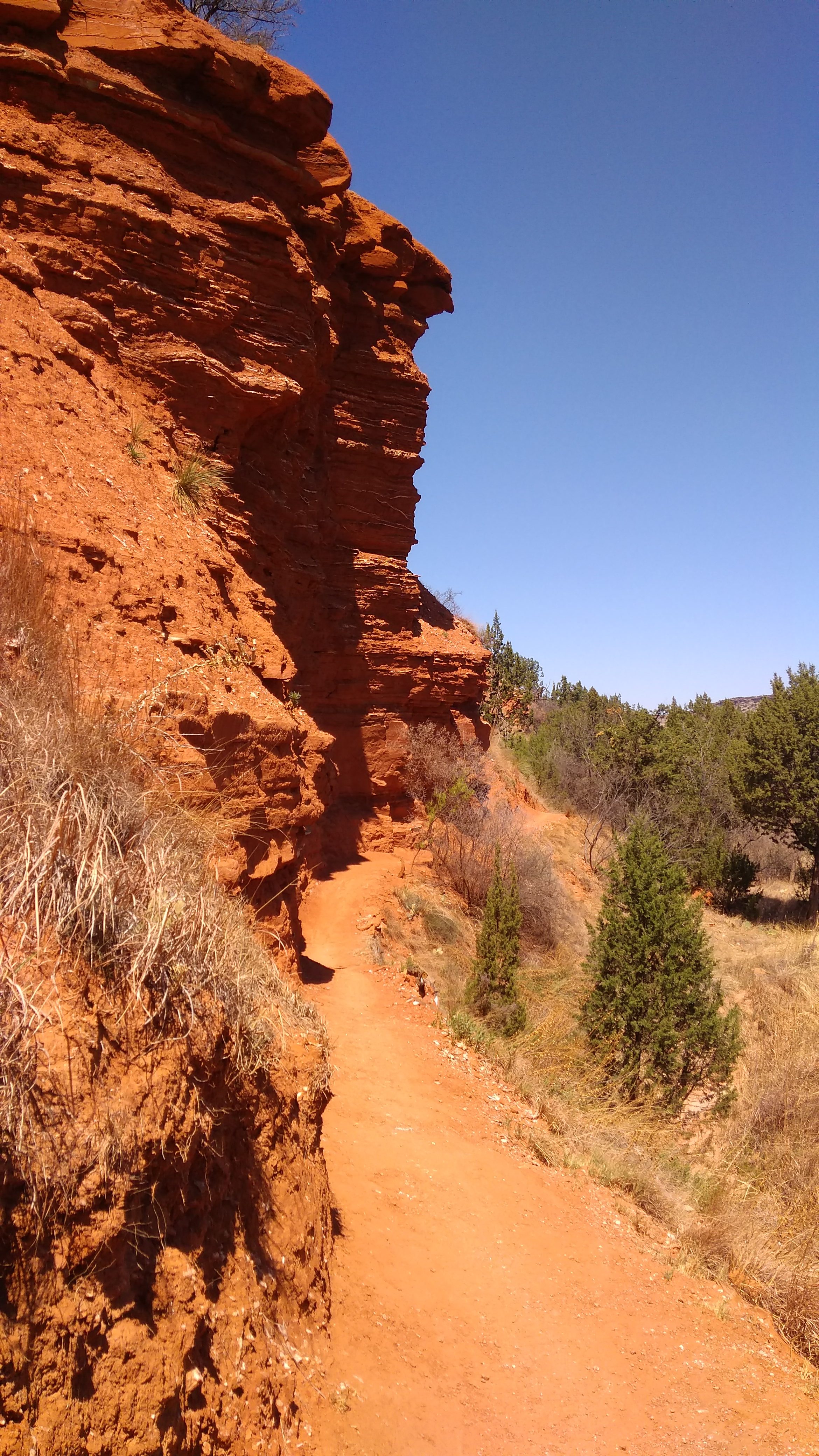
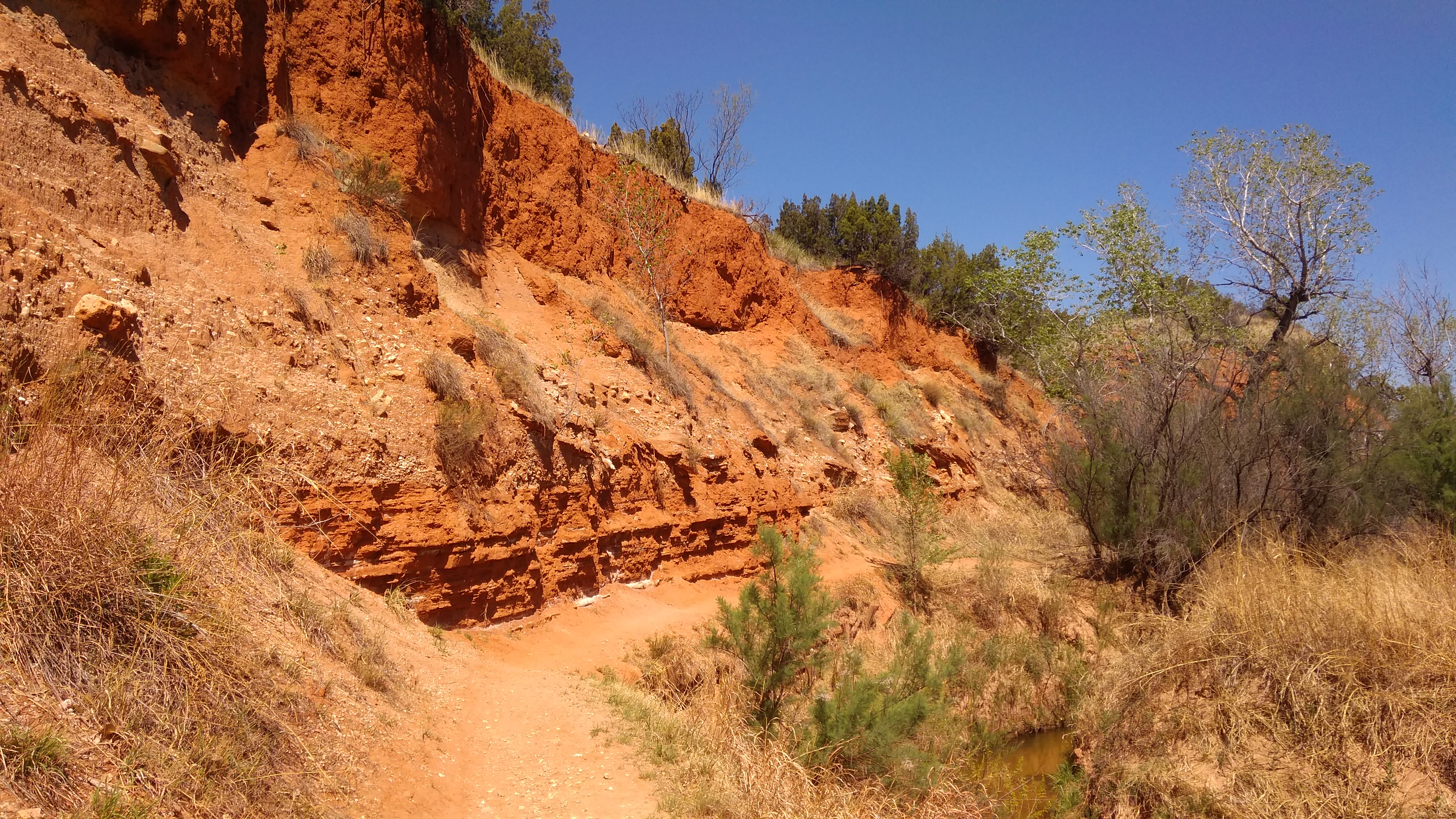
 Along with views of the canyon walls.
Along with views of the canyon walls.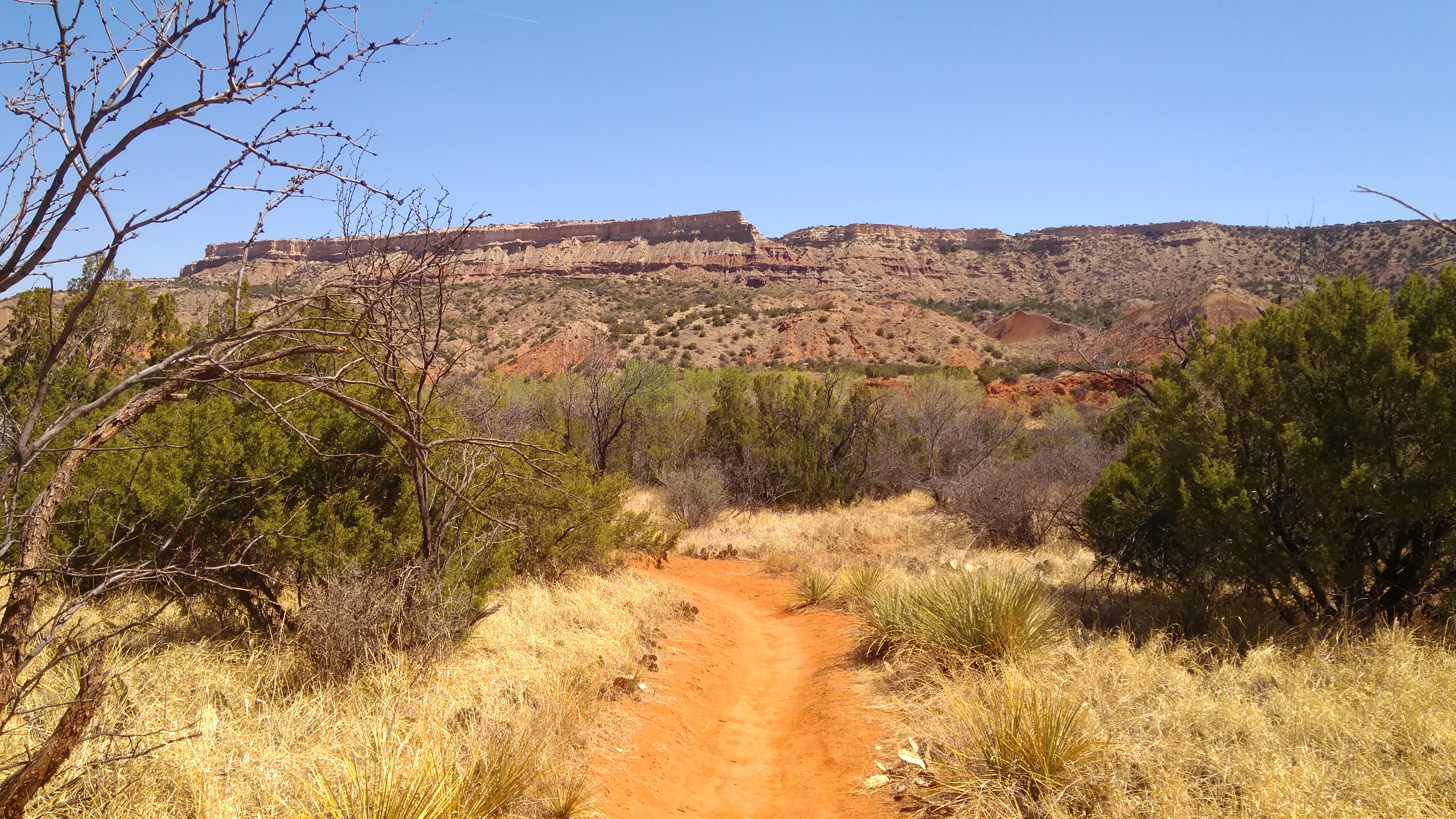
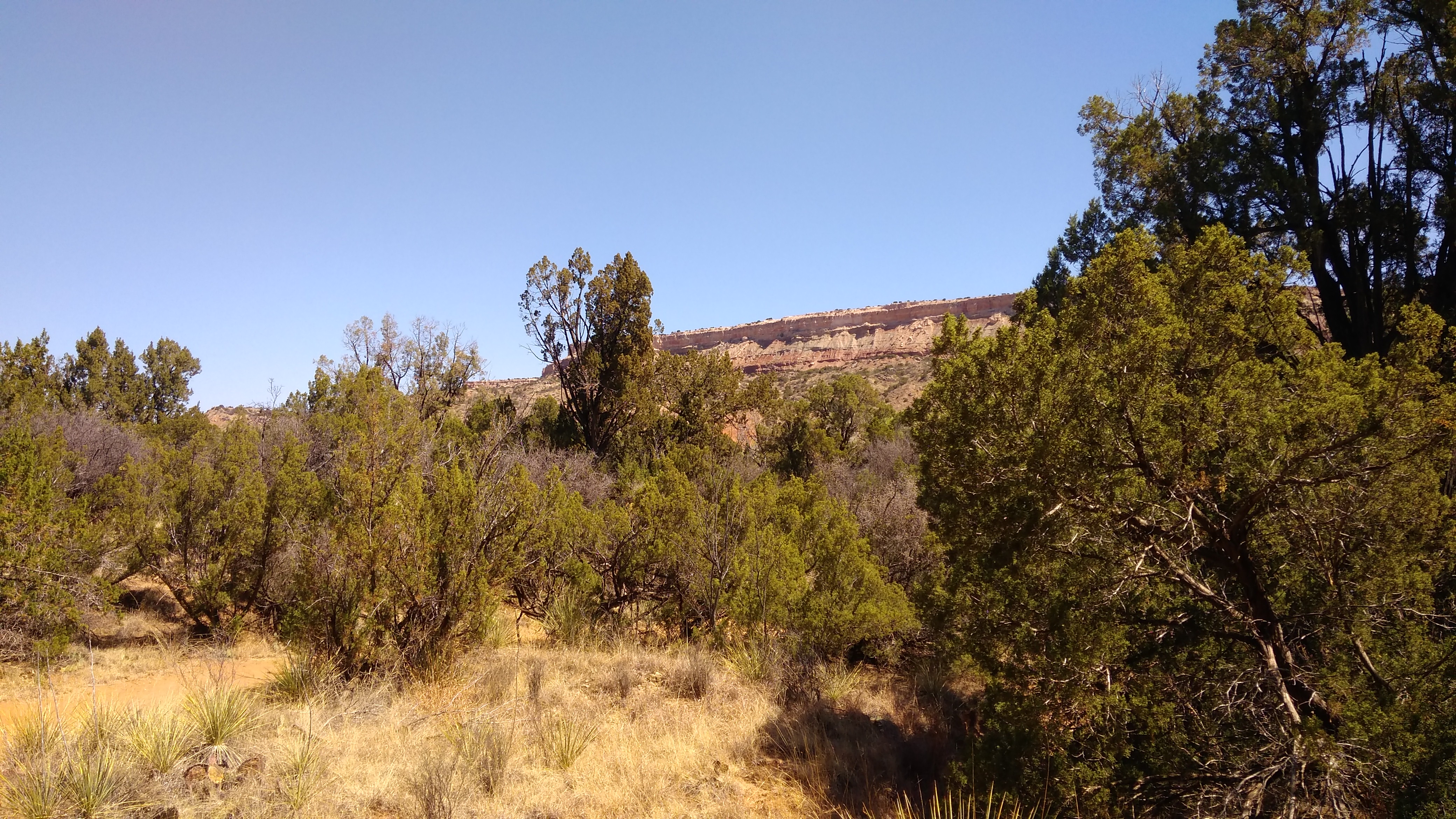
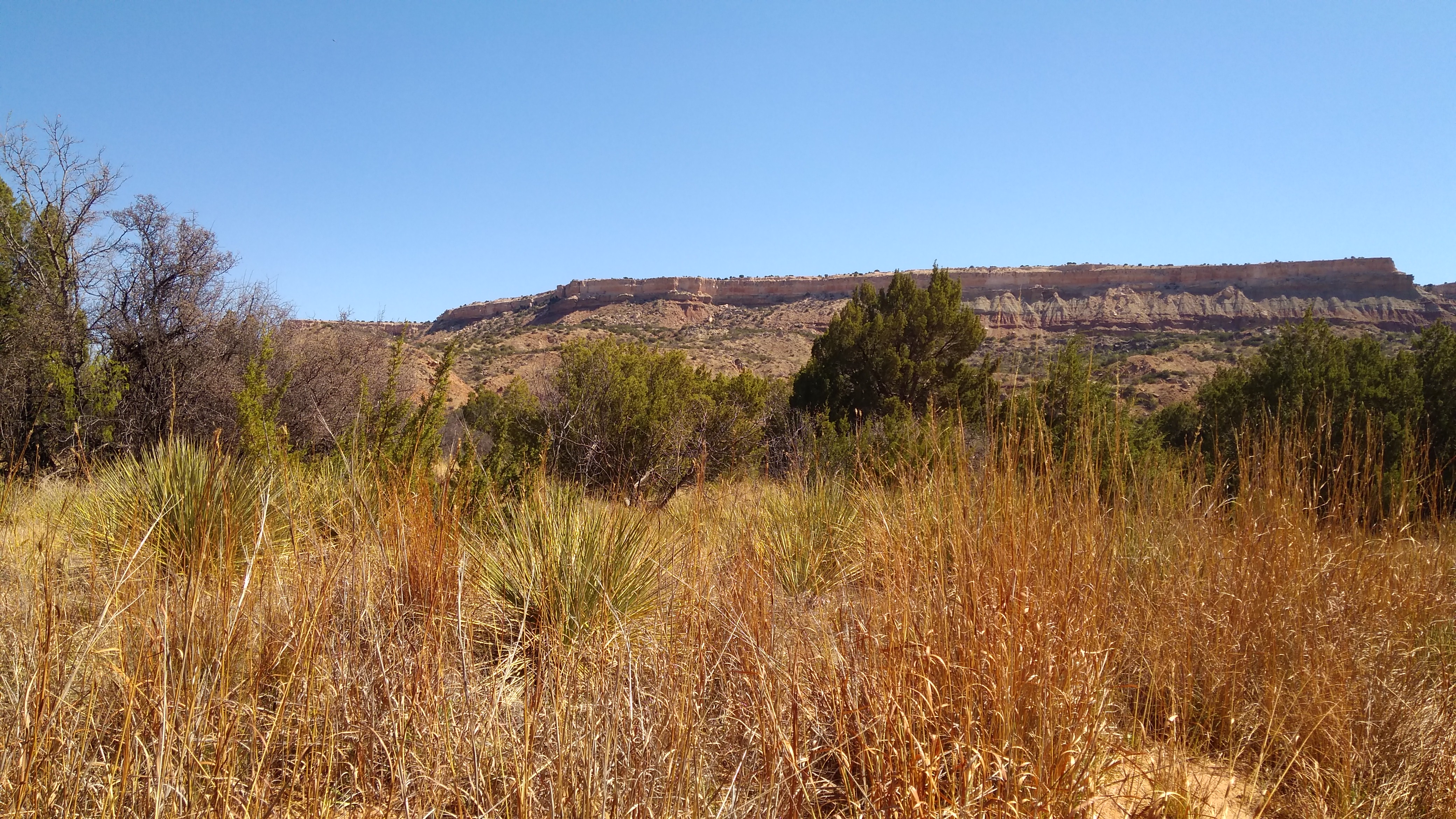 Plus plenty of semiarid-region flora and even a little fauna (a rabbit, in my case). Also, the occasional mark of man, besides the works of the CCC and the Texas Parks & Wildlife Department.
Plus plenty of semiarid-region flora and even a little fauna (a rabbit, in my case). Also, the occasional mark of man, besides the works of the CCC and the Texas Parks & Wildlife Department.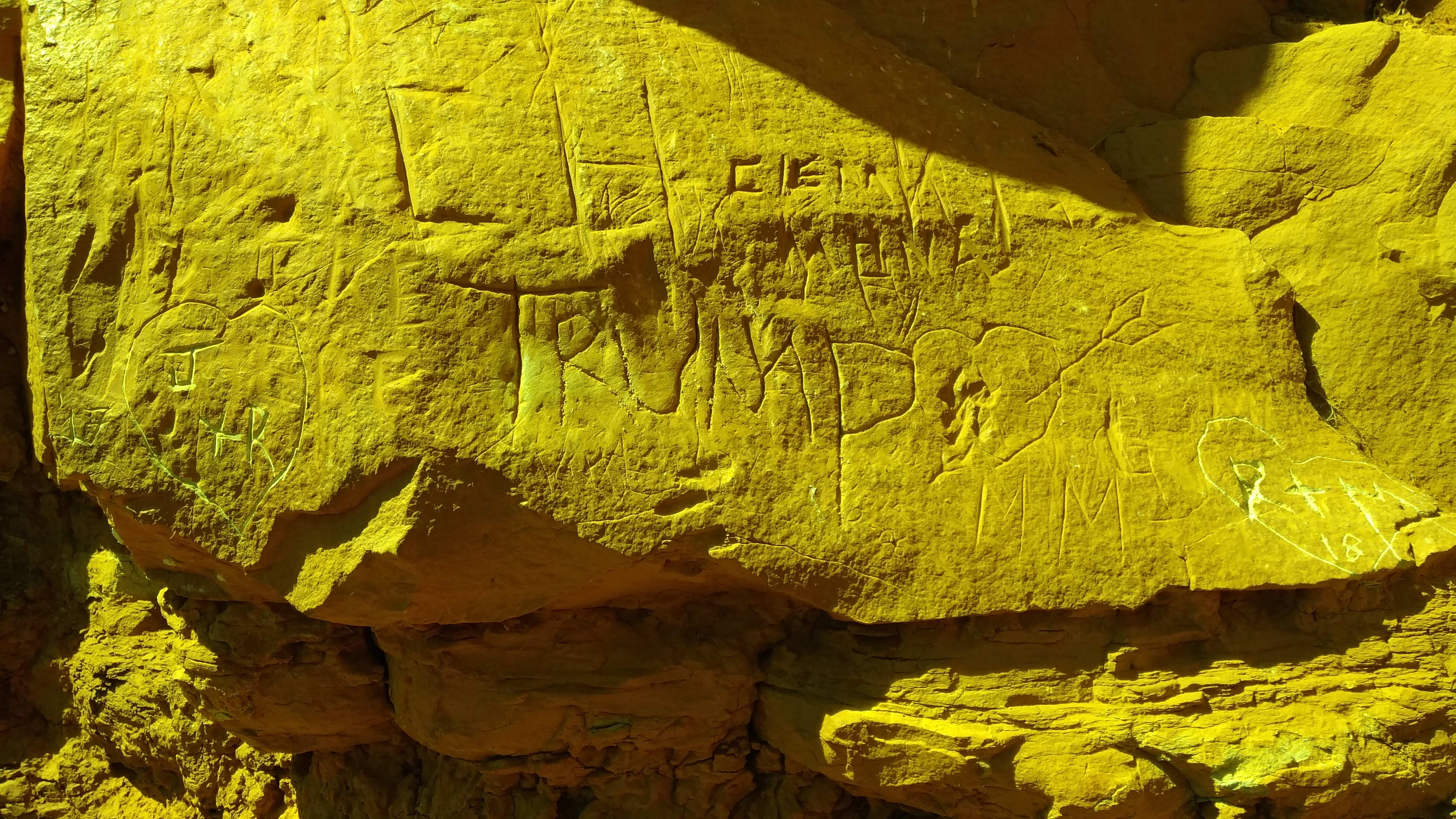 All along the park road, drivers are warned about flash flooding. There seemed little risk when I was there, but the potential is real.
All along the park road, drivers are warned about flash flooding. There seemed little risk when I was there, but the potential is real.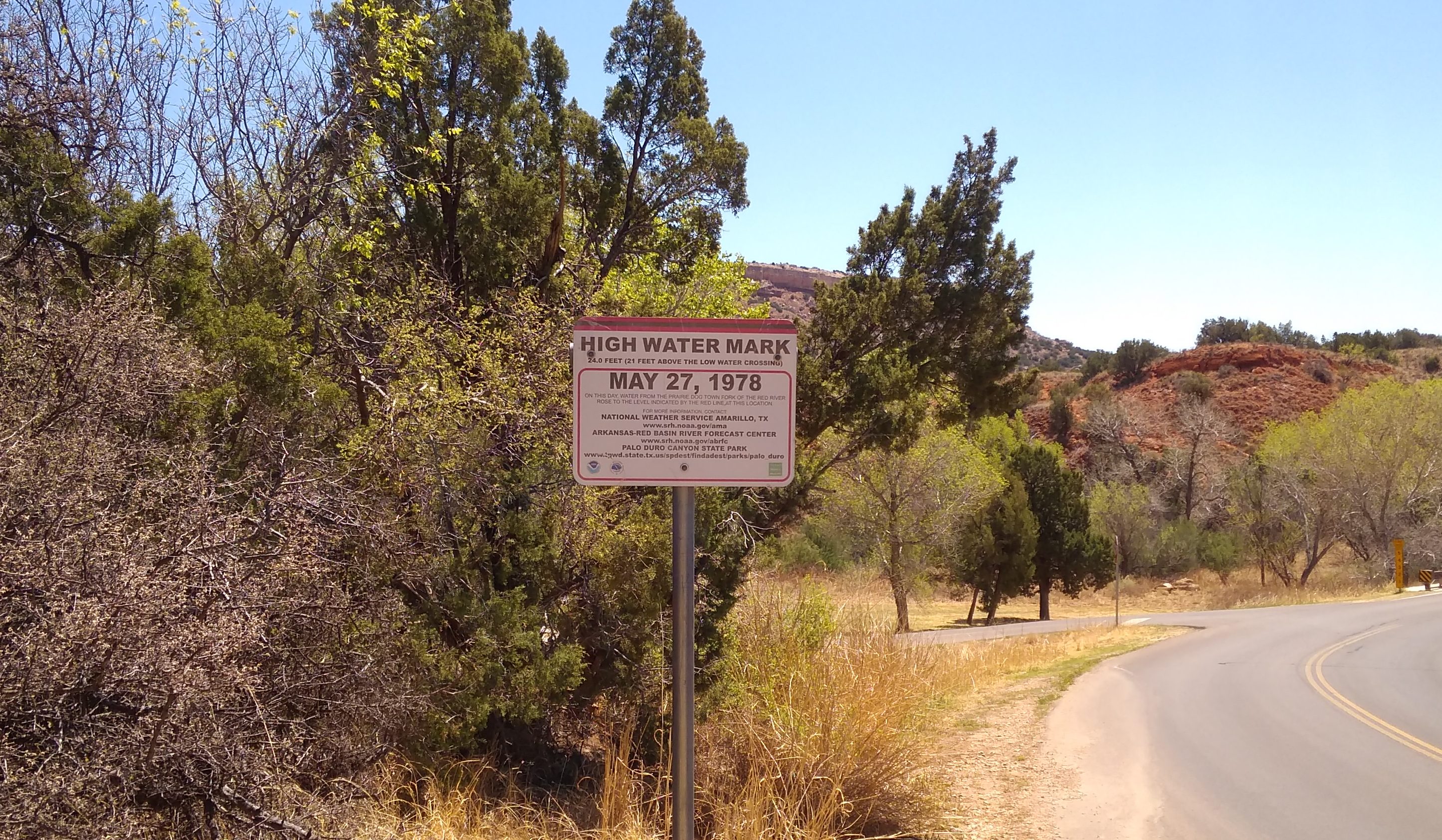 Almost 40 years ago, heavy rains flooded the canyon, killing four people. According to the sign, water crested at 21 feet above the nearby low water crossing. Hard to imagine that much water gathering in a place that seems so dry, but nature’s capricious. Best to stay out of her way if possible.
Almost 40 years ago, heavy rains flooded the canyon, killing four people. According to the sign, water crested at 21 feet above the nearby low water crossing. Hard to imagine that much water gathering in a place that seems so dry, but nature’s capricious. Best to stay out of her way if possible.